Lilly visited for Easter weekend this year. We were glad to see her.
 Easter Saturday turned out to be brilliant and warm, much like the Saturday two weeks ago when we visited Elmhurst. So all of us, including Lilly this time, went back to Elmhurst to wander around in the park again, but also for something we didn’t do last time: visit the Elmhurst History Museum.
Easter Saturday turned out to be brilliant and warm, much like the Saturday two weeks ago when we visited Elmhurst. So all of us, including Lilly this time, went back to Elmhurst to wander around in the park again, but also for something we didn’t do last time: visit the Elmhurst History Museum.
The museum, founded in 1957, is in the former home of Elmhurst’s first village president, Henry Glos, and his wife Lucy. The mansion dates from ca. 1892.
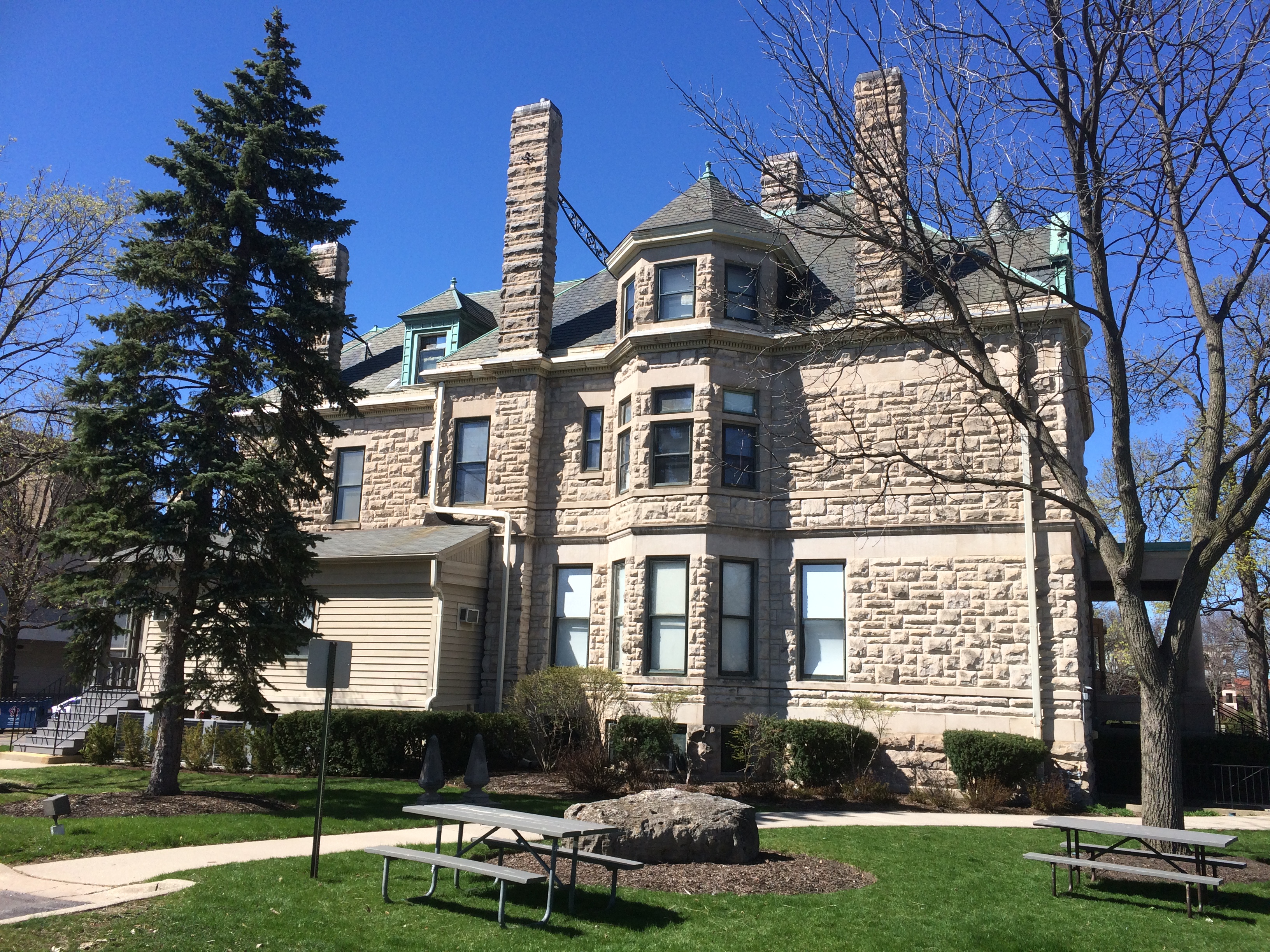 As I’ve mentioned before, the Gloses are interred across the street. I understand that street didn’t exist when they were alive — in fact, not until the 1970s — so their mausoleum and their house must have been on a single piece of land.
As I’ve mentioned before, the Gloses are interred across the street. I understand that street didn’t exist when they were alive — in fact, not until the 1970s — so their mausoleum and their house must have been on a single piece of land.
A few odds and ends dot the grounds. Such as the Elmhurst fire bell.
The plaque says (all caps, but I’ve regularized that):
The old Elmhurst fire bell
is here erected as a memorial
dedicated
in the Illinois sesquicentennial year 1968
to the brave men of the Elmhurst Volunteer Fire Department
who served with courage and devotion
from the days when fire fighting equipment
was crude and horse drawn
on behalf of a grateful community
The Elmhurst Historical Commission
It doesn’t look bad for a bell that’s been in the elements for more than 50 years now.
The museum has a modest but interesting collection of Elmhurst-specific artifacts.
Such as an Order of Odd Fellows sword. How often do you see one of those?
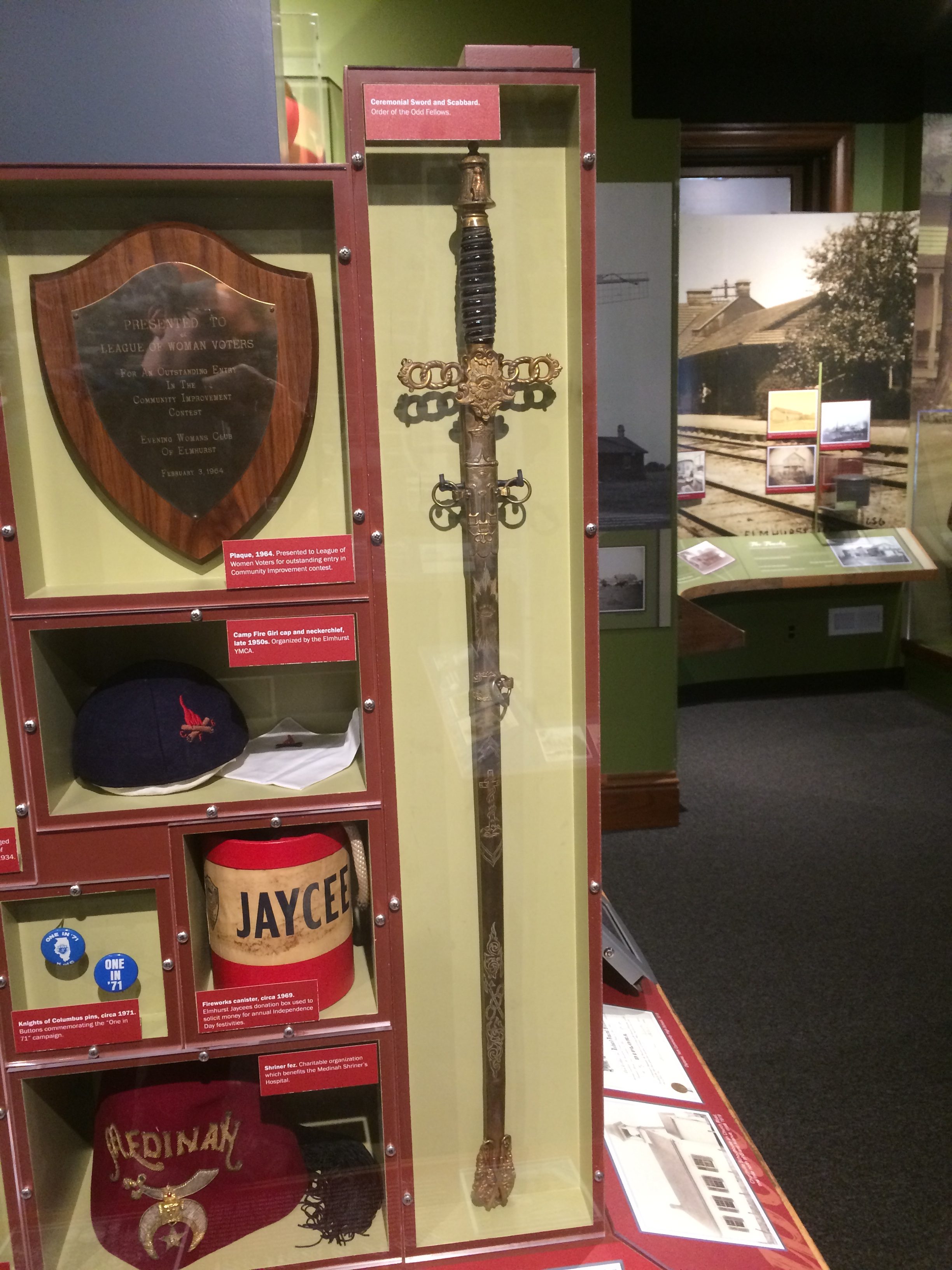 It goes along with a Shriner’s fez, a Jaycee’s collection box, some Knights of Columbus pins and other fraternal org items.
It goes along with a Shriner’s fez, a Jaycee’s collection box, some Knights of Columbus pins and other fraternal org items.
This calendar, produced by the local Rothmeyer Coal Co., belongs in the don’t-make-em-like-that-anymore file.
Notable birthdays on the calendar for January 1934 include Alexander Hamilton, Benjamin Franklin, Robert E. Lee, Stonewall Jackson and William McKinley.
A six pack of Baderbrau beer.
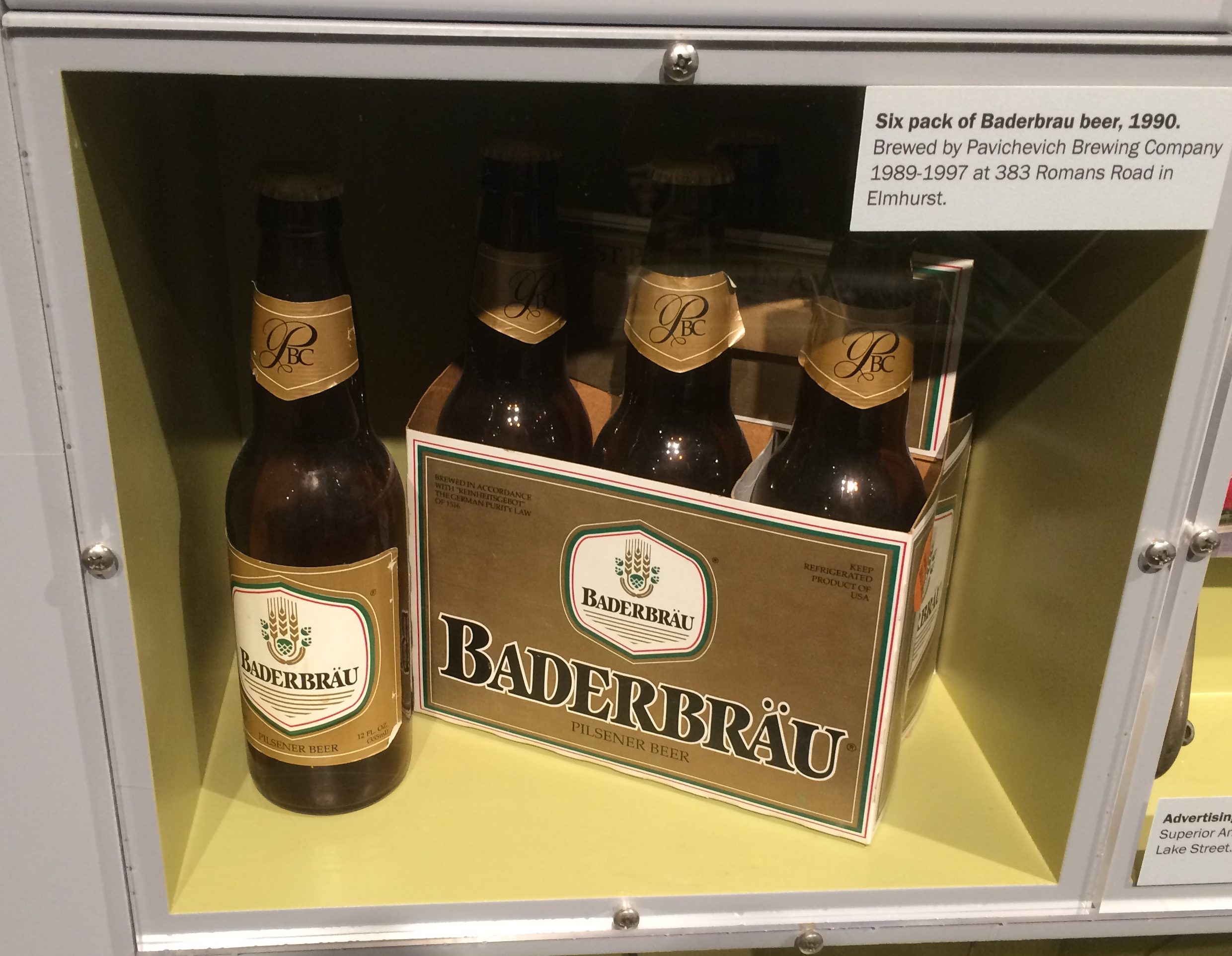 A short-lived Elmhurst brew (1989-1997). Never heard of it, even though Chicago’s well-known Goose Island brewery acquired the name and formula after 1997 and brewed it for a few more years. A mid-2010s revival didn’t work out either.
A short-lived Elmhurst brew (1989-1997). Never heard of it, even though Chicago’s well-known Goose Island brewery acquired the name and formula after 1997 and brewed it for a few more years. A mid-2010s revival didn’t work out either.
Better known are the Keebler elves. Keebler Foods Co. used to be located in Elmurst until its owner Kellogg Co. moved the snack operation to Michigan. I suspect not all of the elves relocated. There’s probably a neighborhood in Elmhurst where some of them still live.
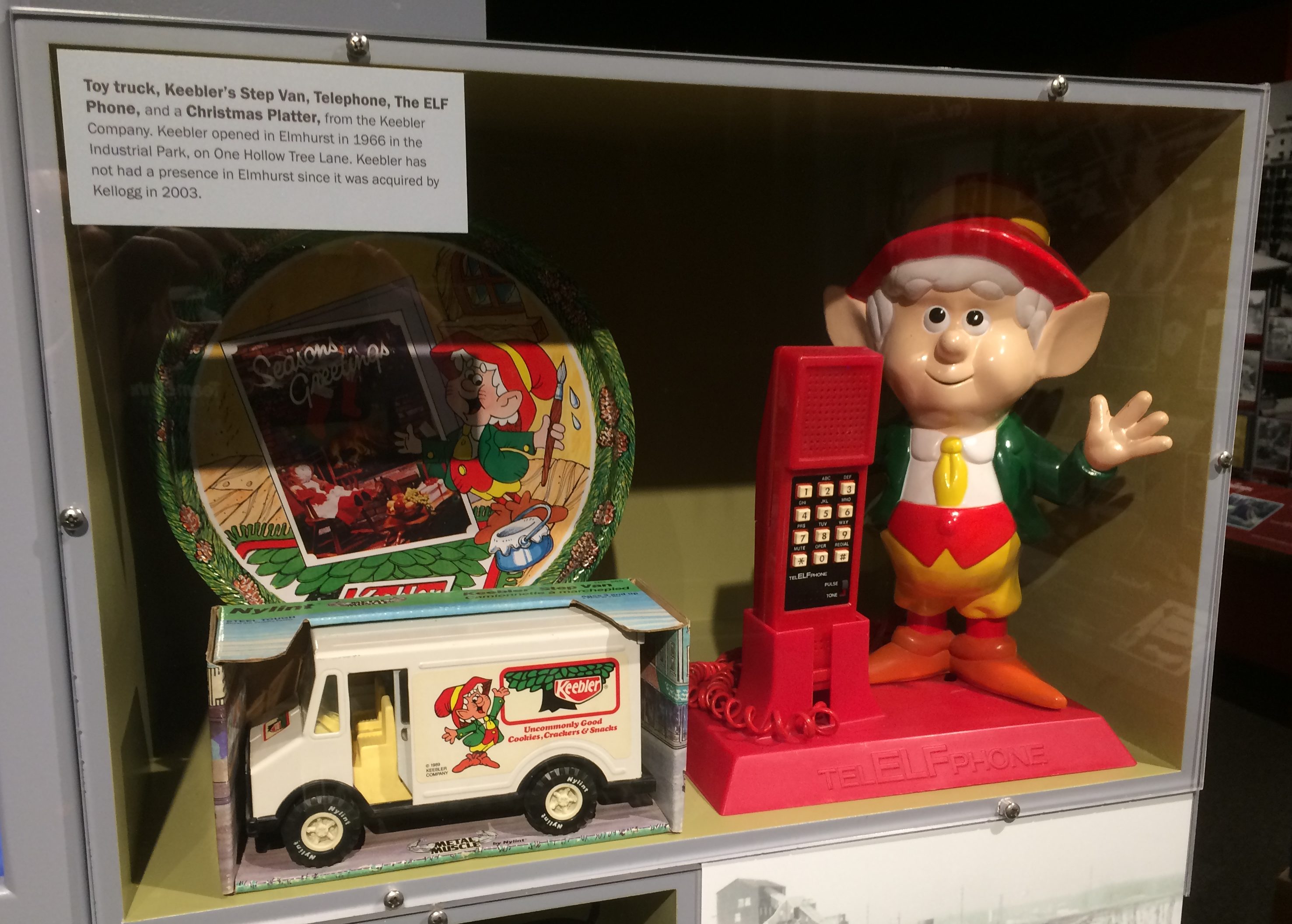 You’d think the Village of Elmhurst would try to get permission from Kellogg to build an elf tree in one of the local parks. Do it right and people would come to see that.
You’d think the Village of Elmhurst would try to get permission from Kellogg to build an elf tree in one of the local parks. Do it right and people would come to see that.
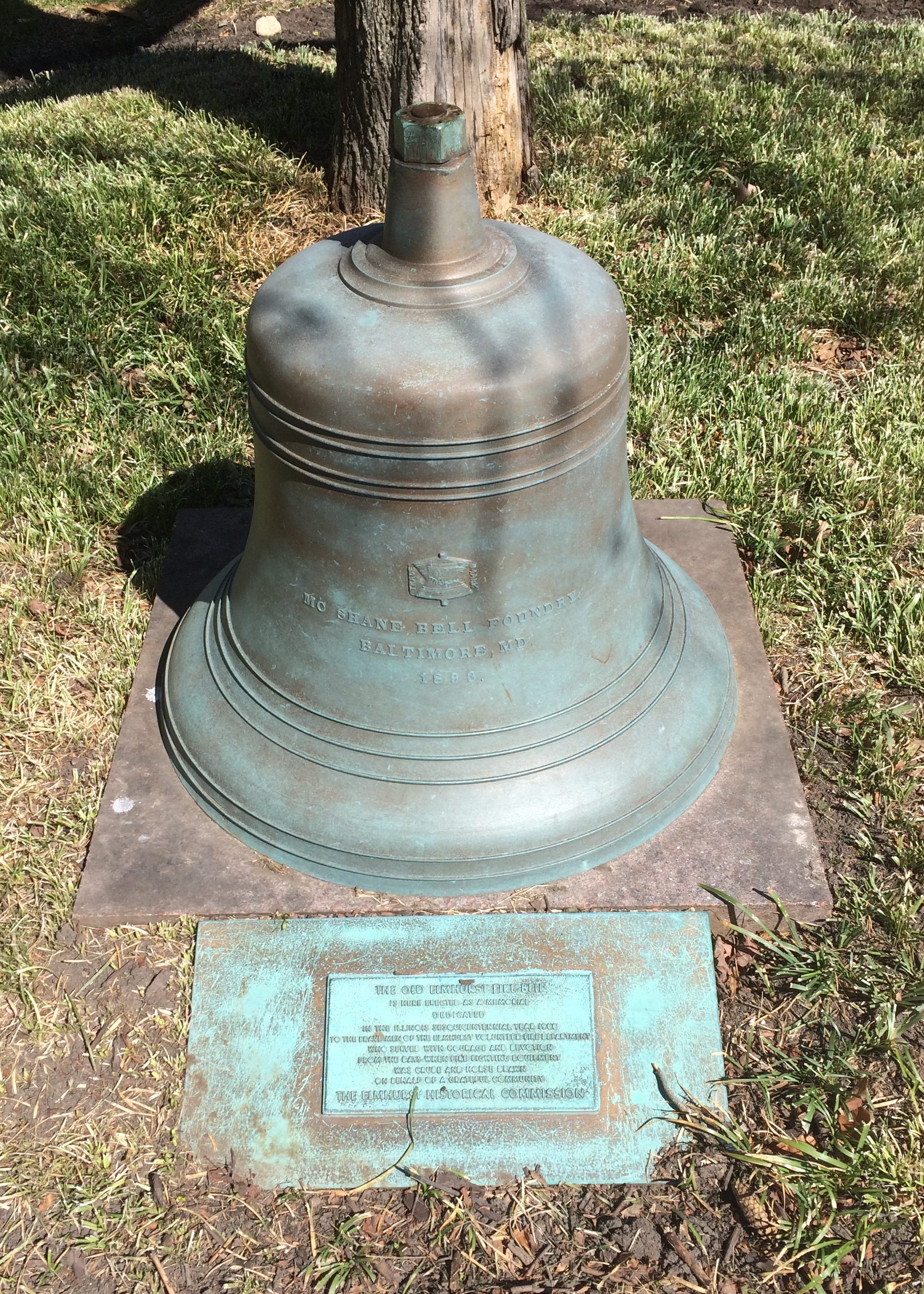
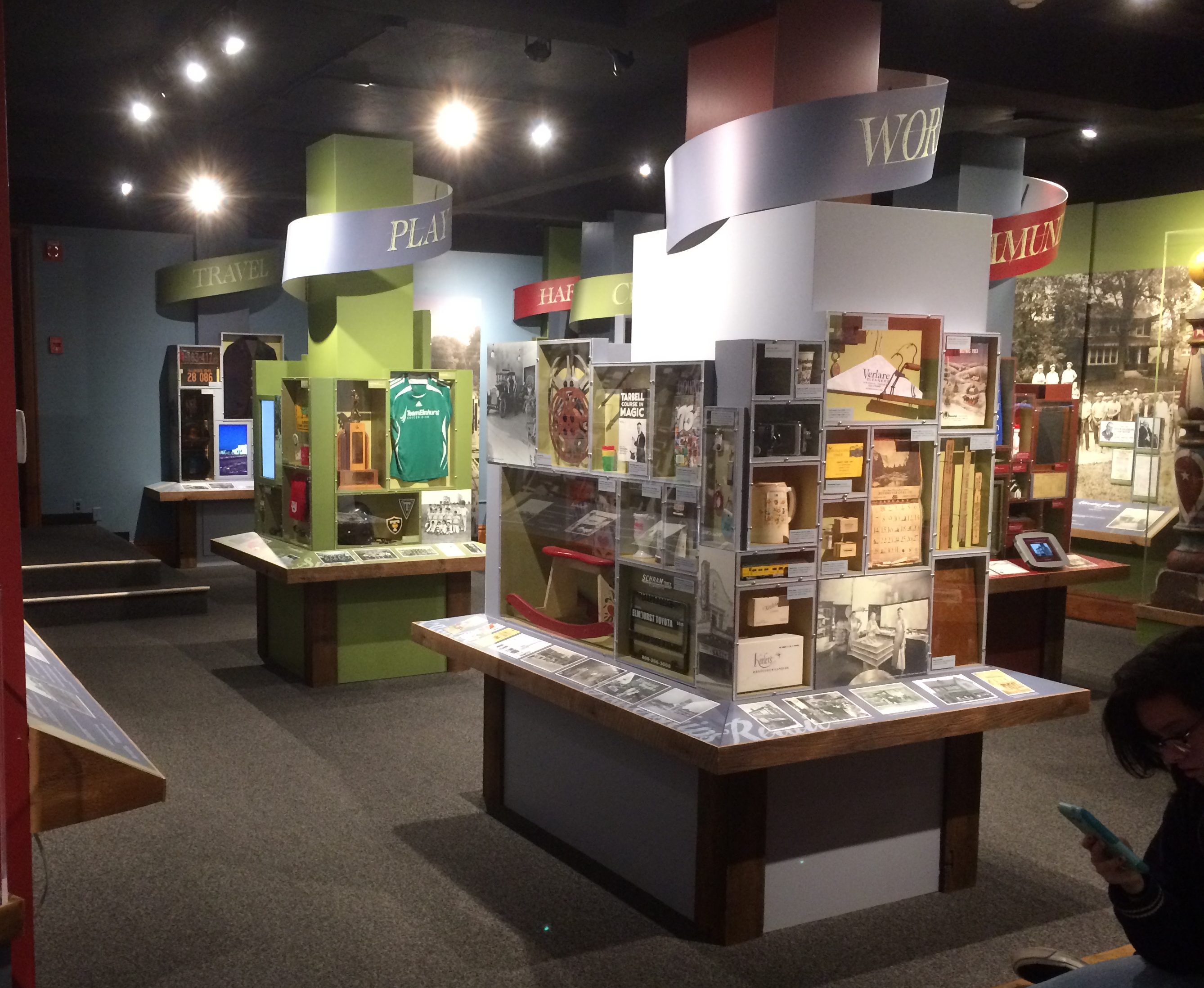
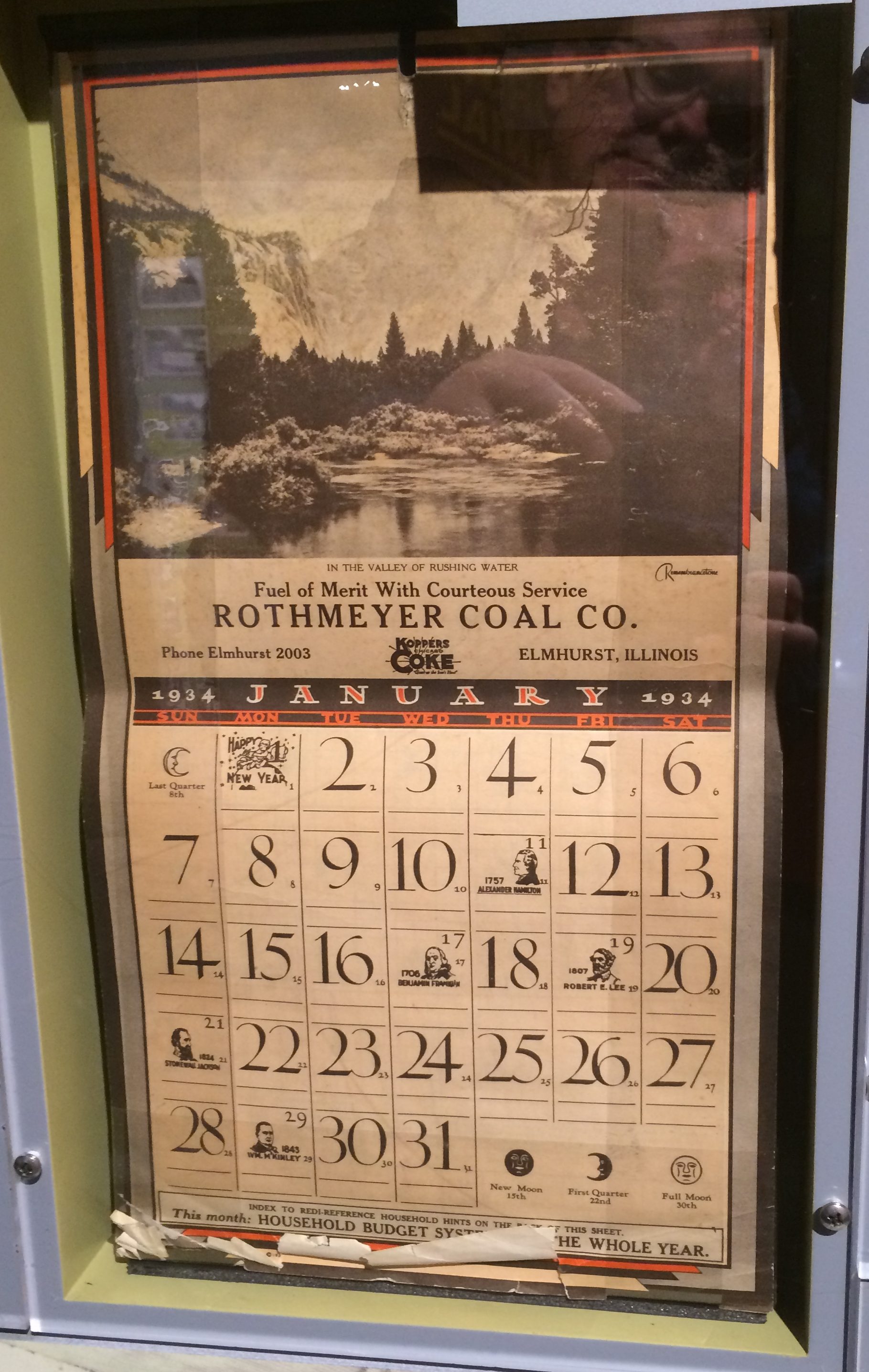
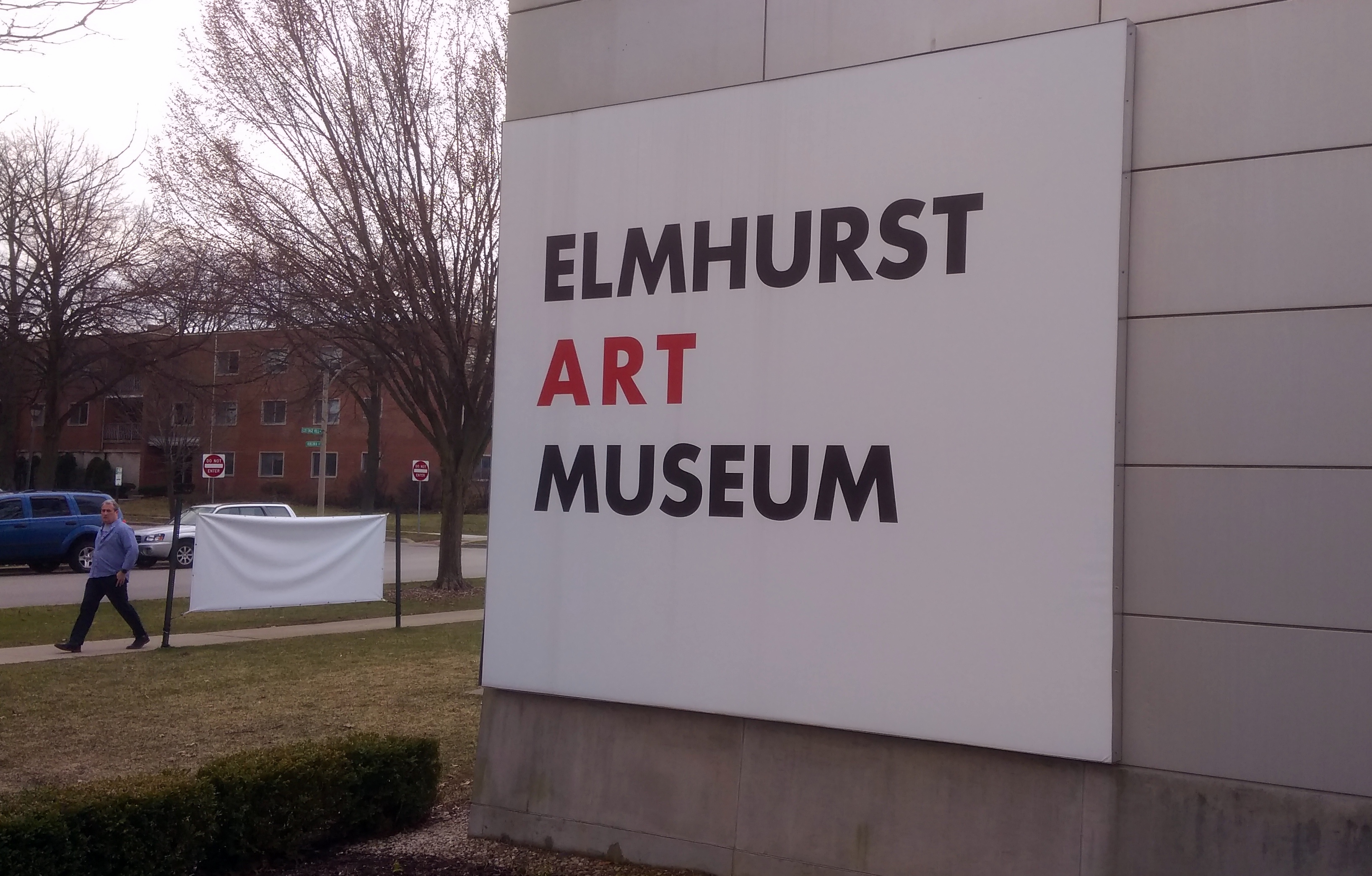
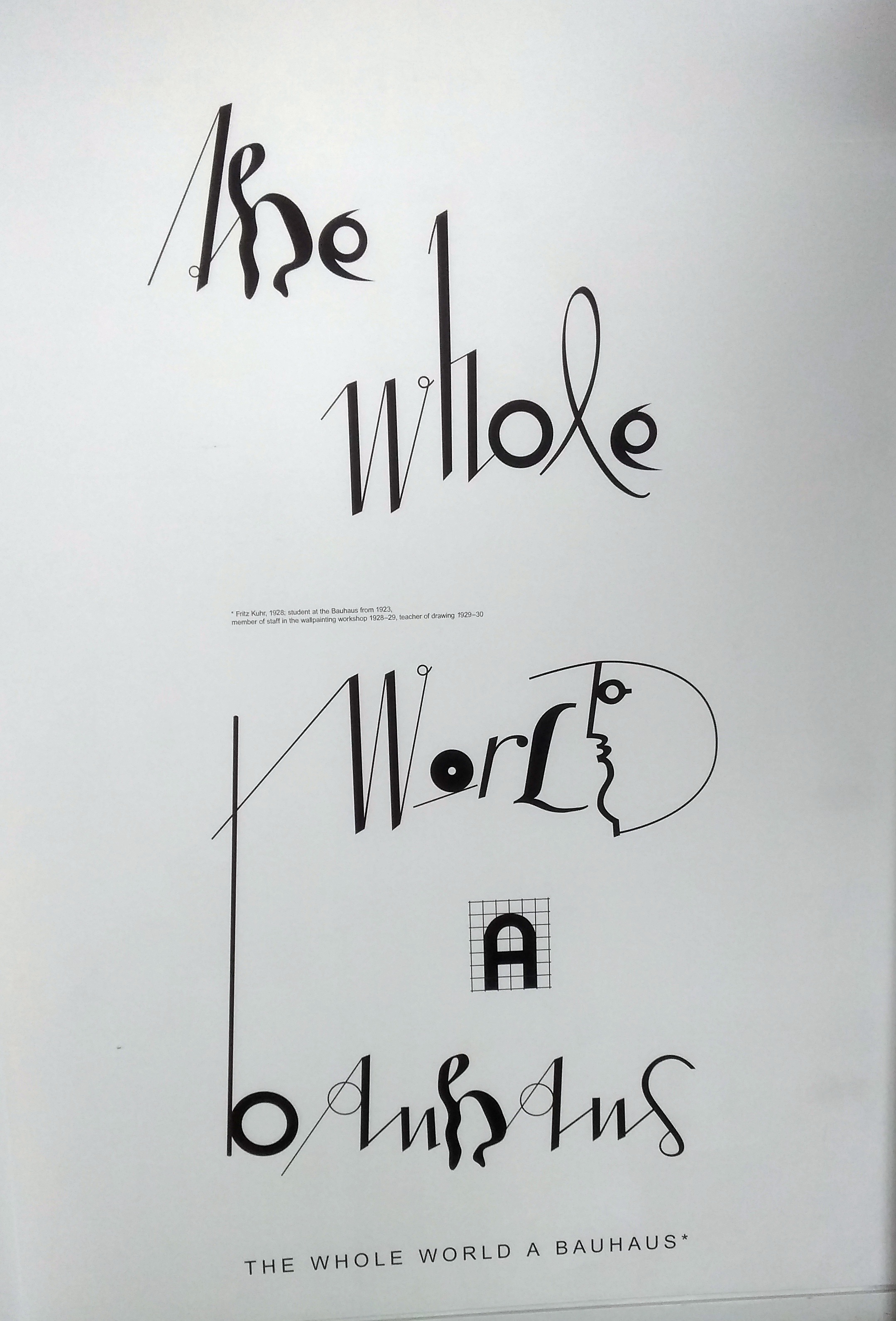
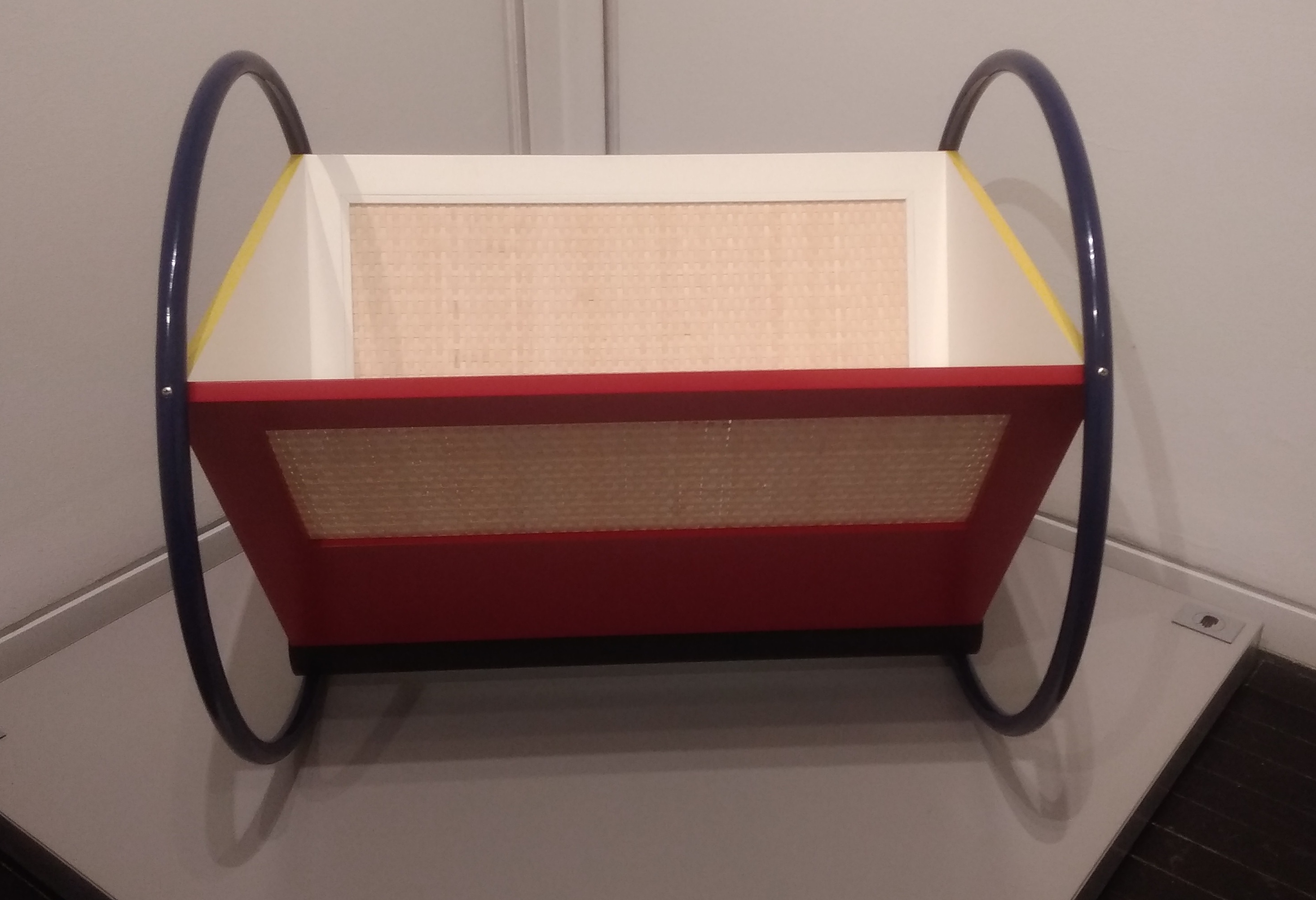
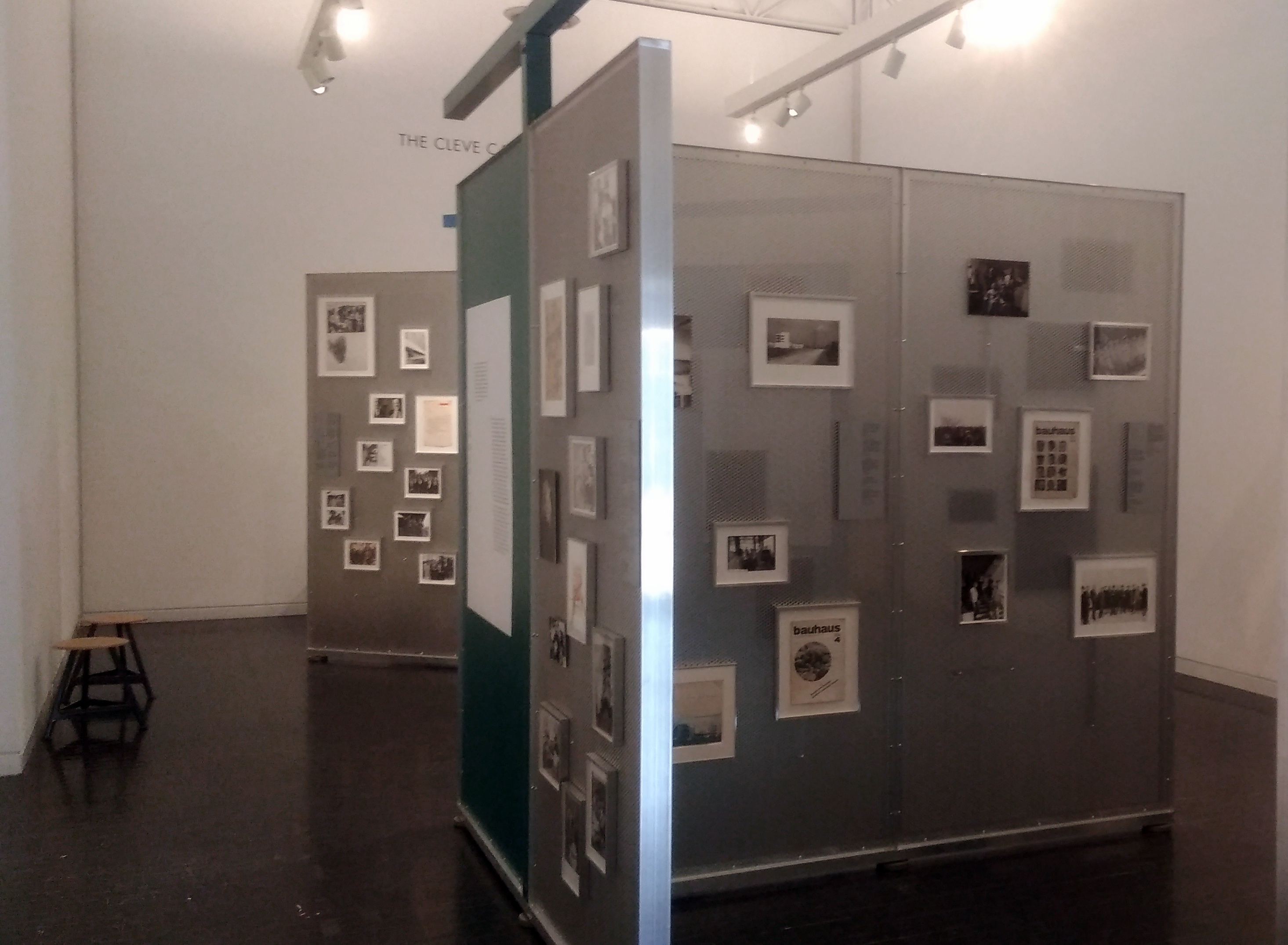 For true Bauhaus nerds, this might be exciting, but the minutiae was a little much for me. For a school that produced a wealth of artful objects, or perhaps elegant industrial objects, The Whole World A Bauhaus had relatively few of them on display. Fewer pictures of Bauhaus types at work and play and more Bauhaus output to examine in person would have improved the show.
For true Bauhaus nerds, this might be exciting, but the minutiae was a little much for me. For a school that produced a wealth of artful objects, or perhaps elegant industrial objects, The Whole World A Bauhaus had relatively few of them on display. Fewer pictures of Bauhaus types at work and play and more Bauhaus output to examine in person would have improved the show.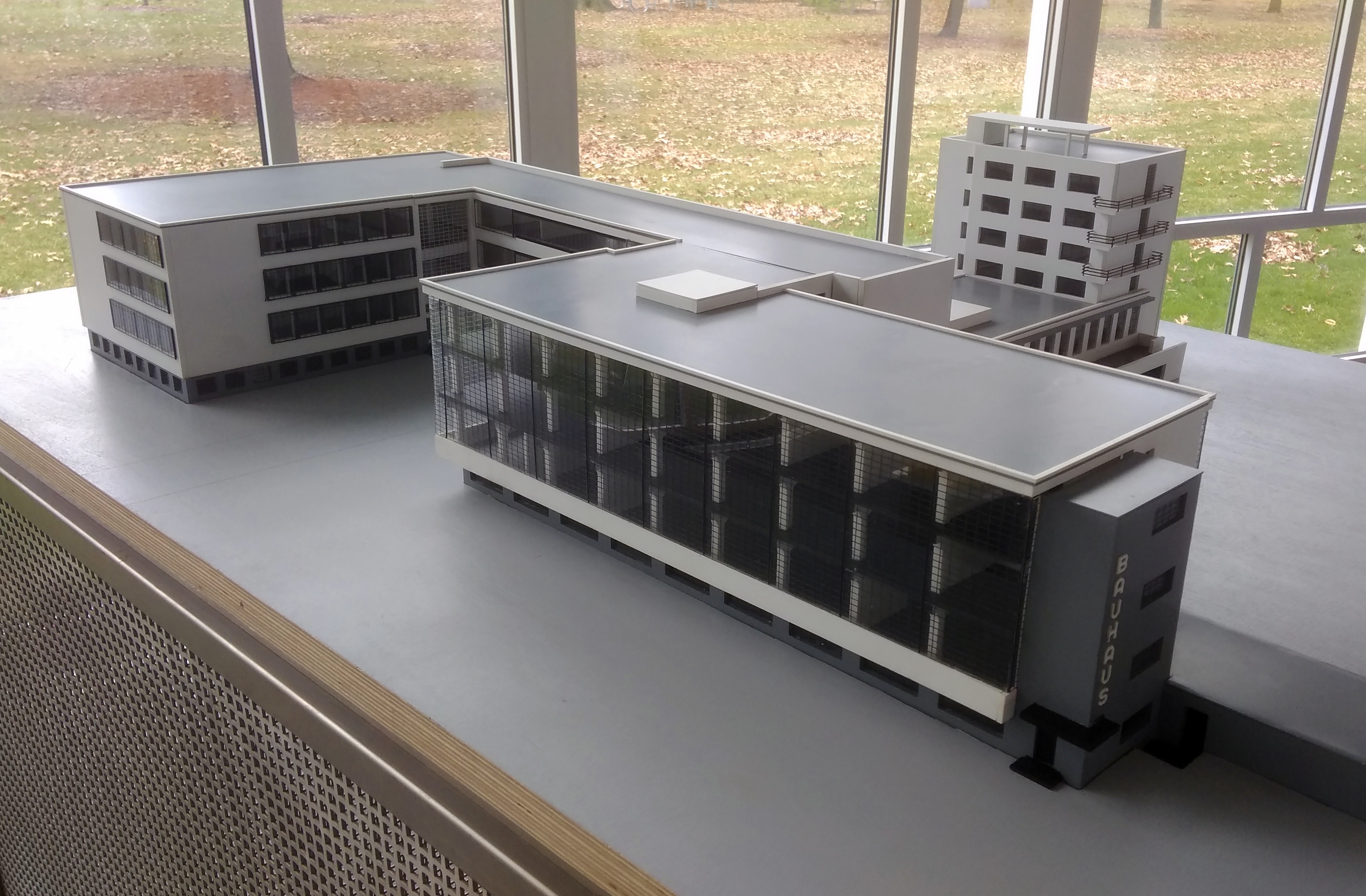
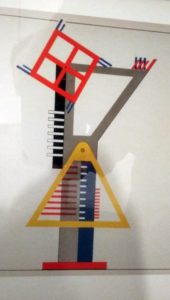
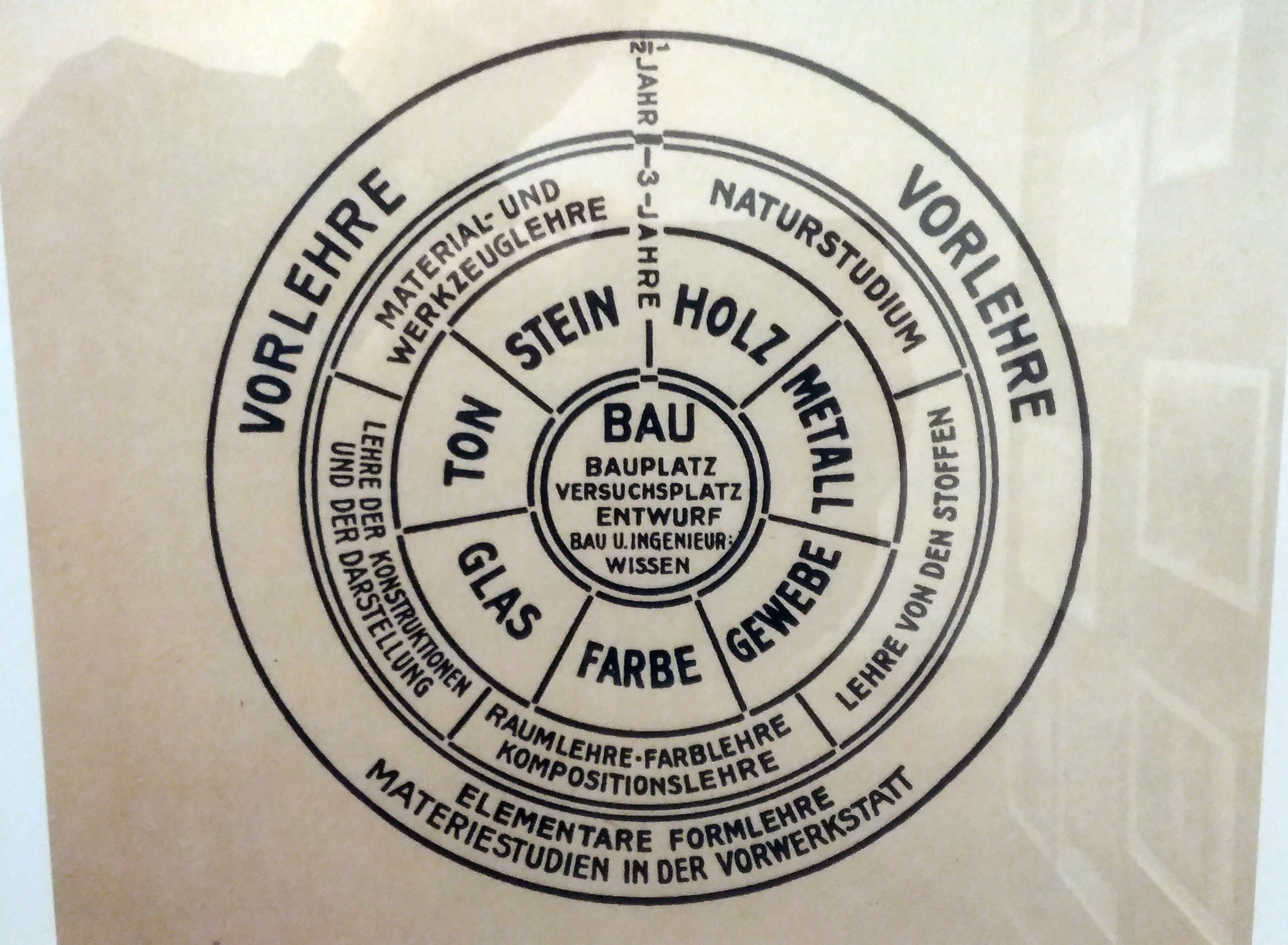 I wondered for a moment how the Elmhurst Art Museum bagged the only U.S. visit by this exhibition, and figured there were a few reasons. The Chicago area has strong ties to modernism, for one thing, but a few rooms of Bauhaus might get lost in a larger venue like the Art Institute.
I wondered for a moment how the Elmhurst Art Museum bagged the only U.S. visit by this exhibition, and figured there were a few reasons. The Chicago area has strong ties to modernism, for one thing, but a few rooms of Bauhaus might get lost in a larger venue like the Art Institute.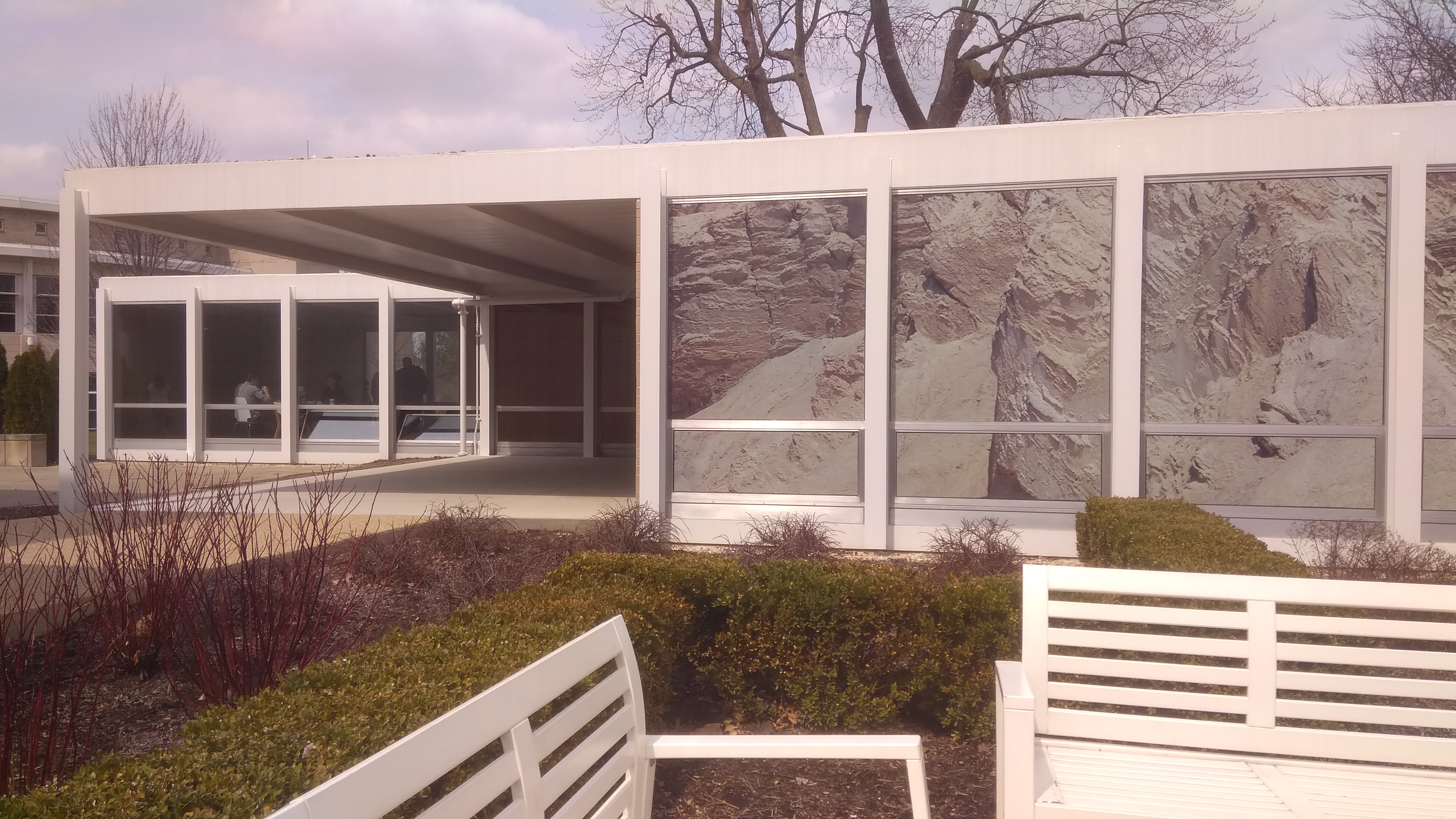
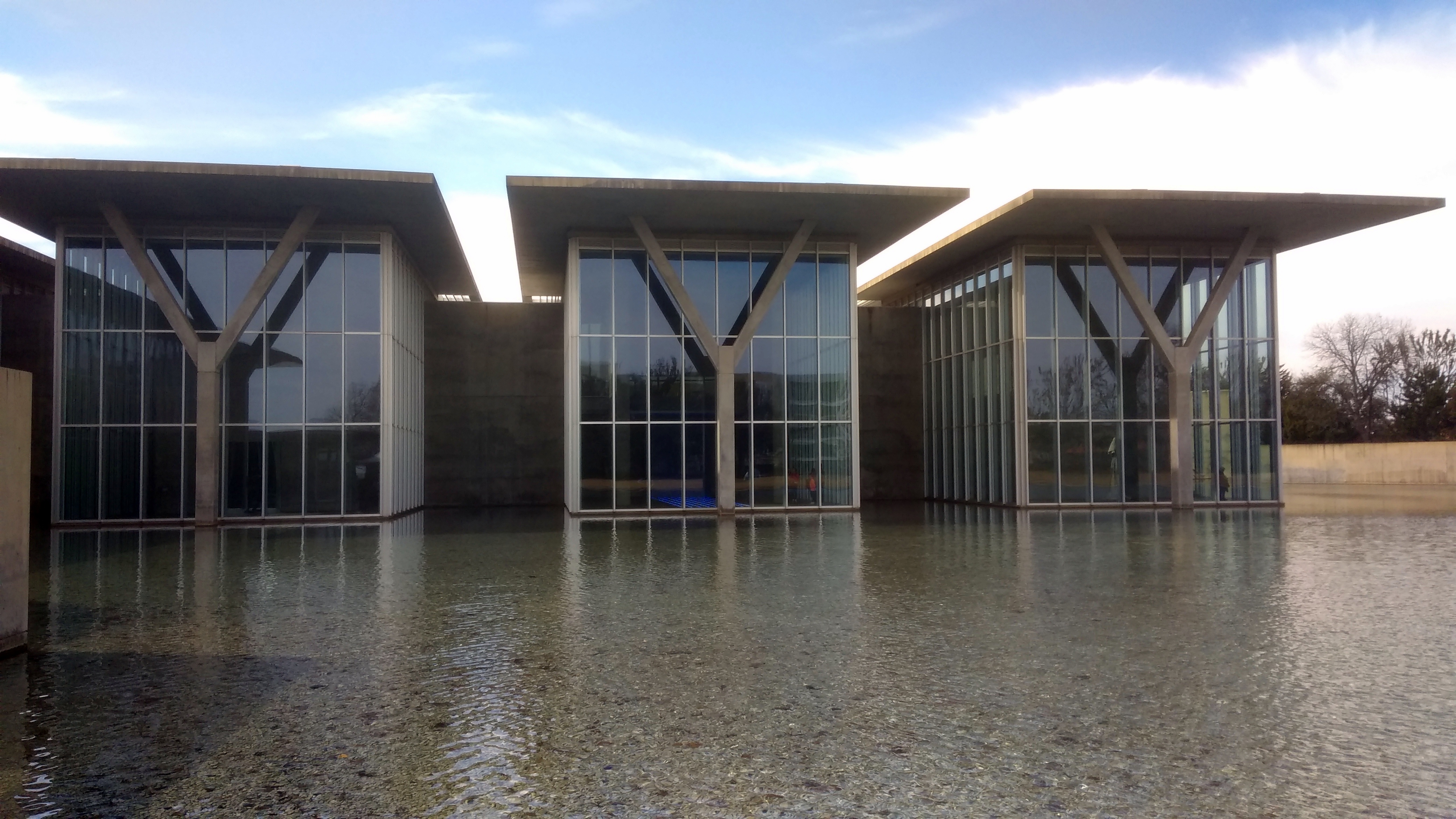
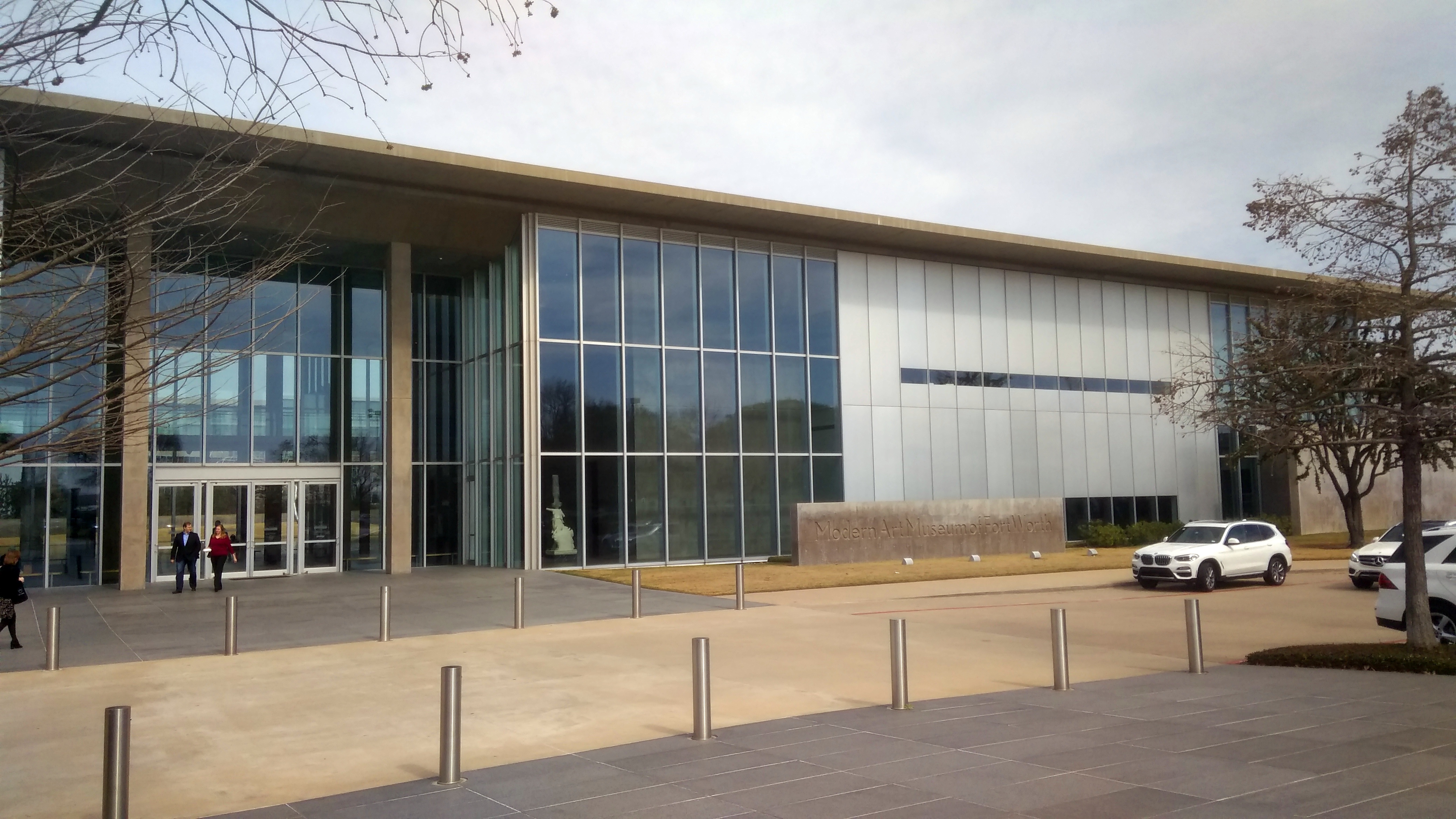
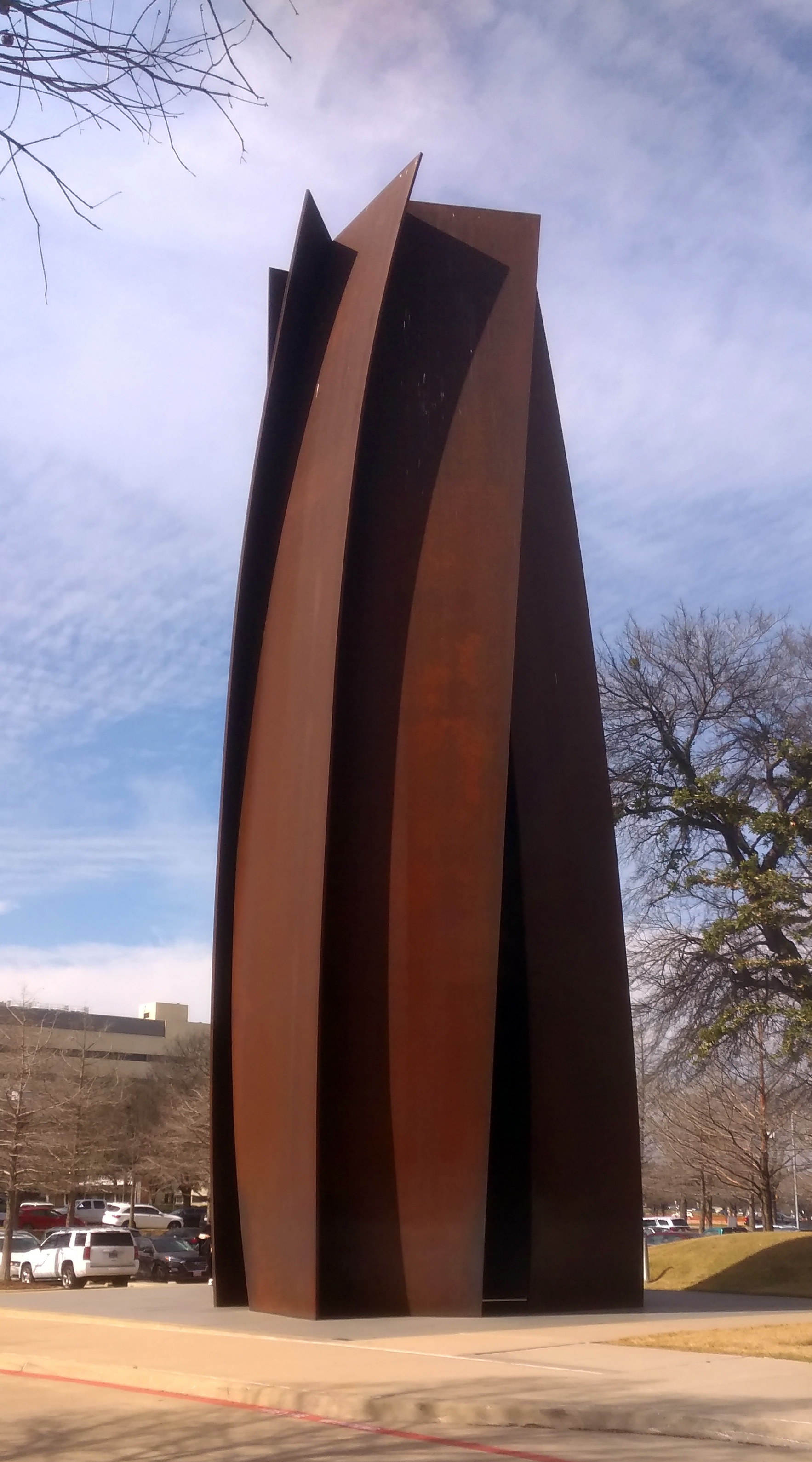
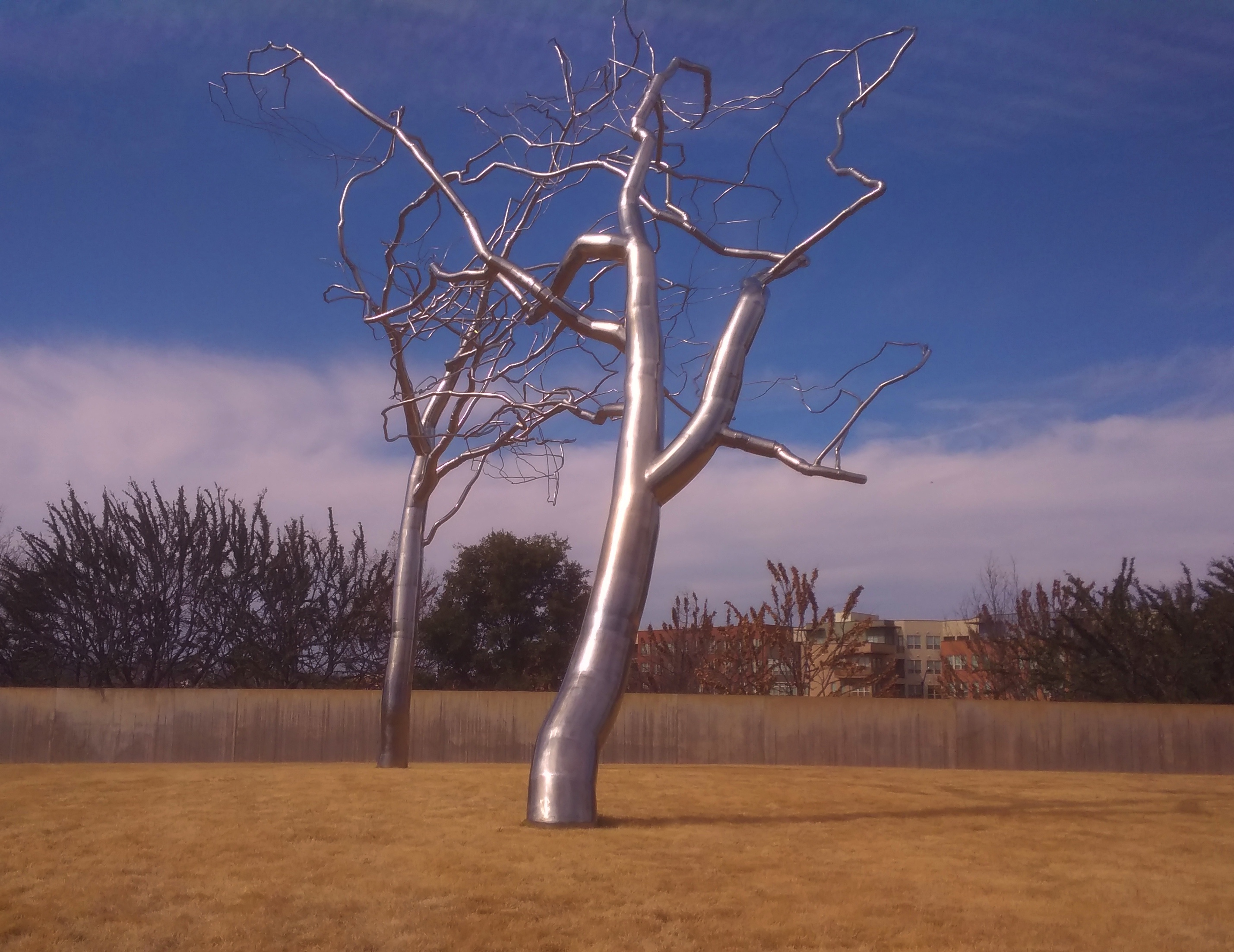
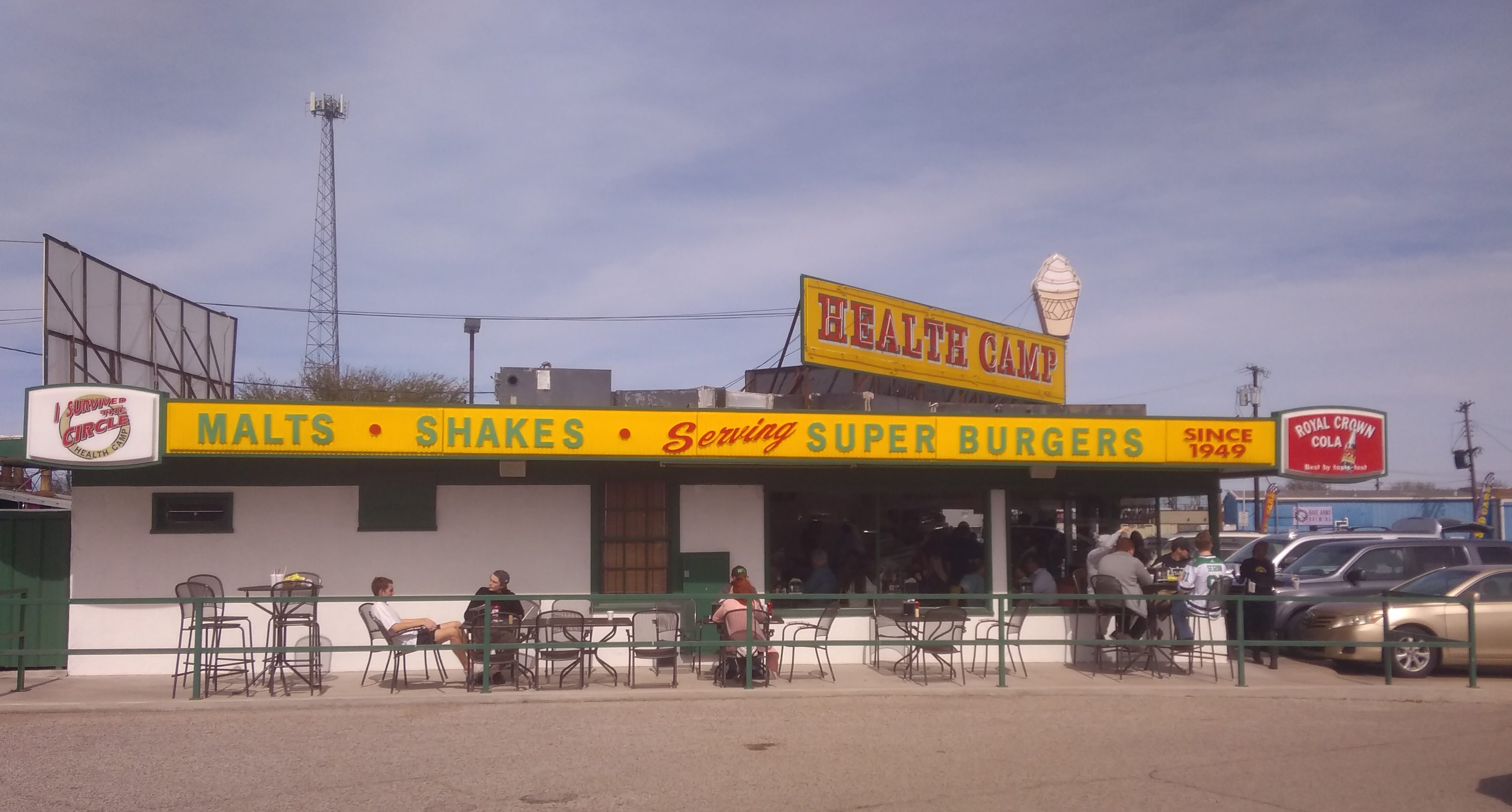

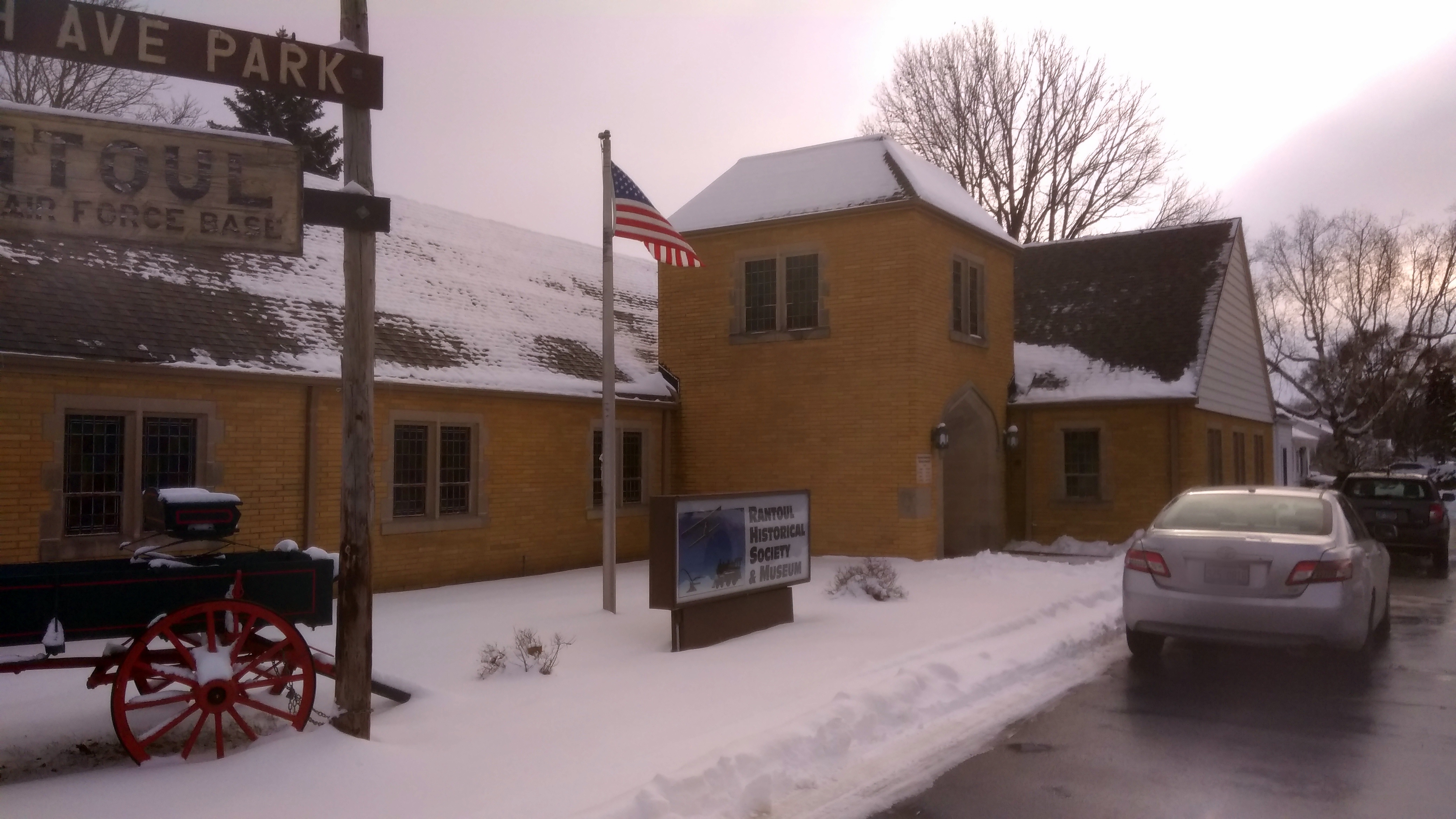
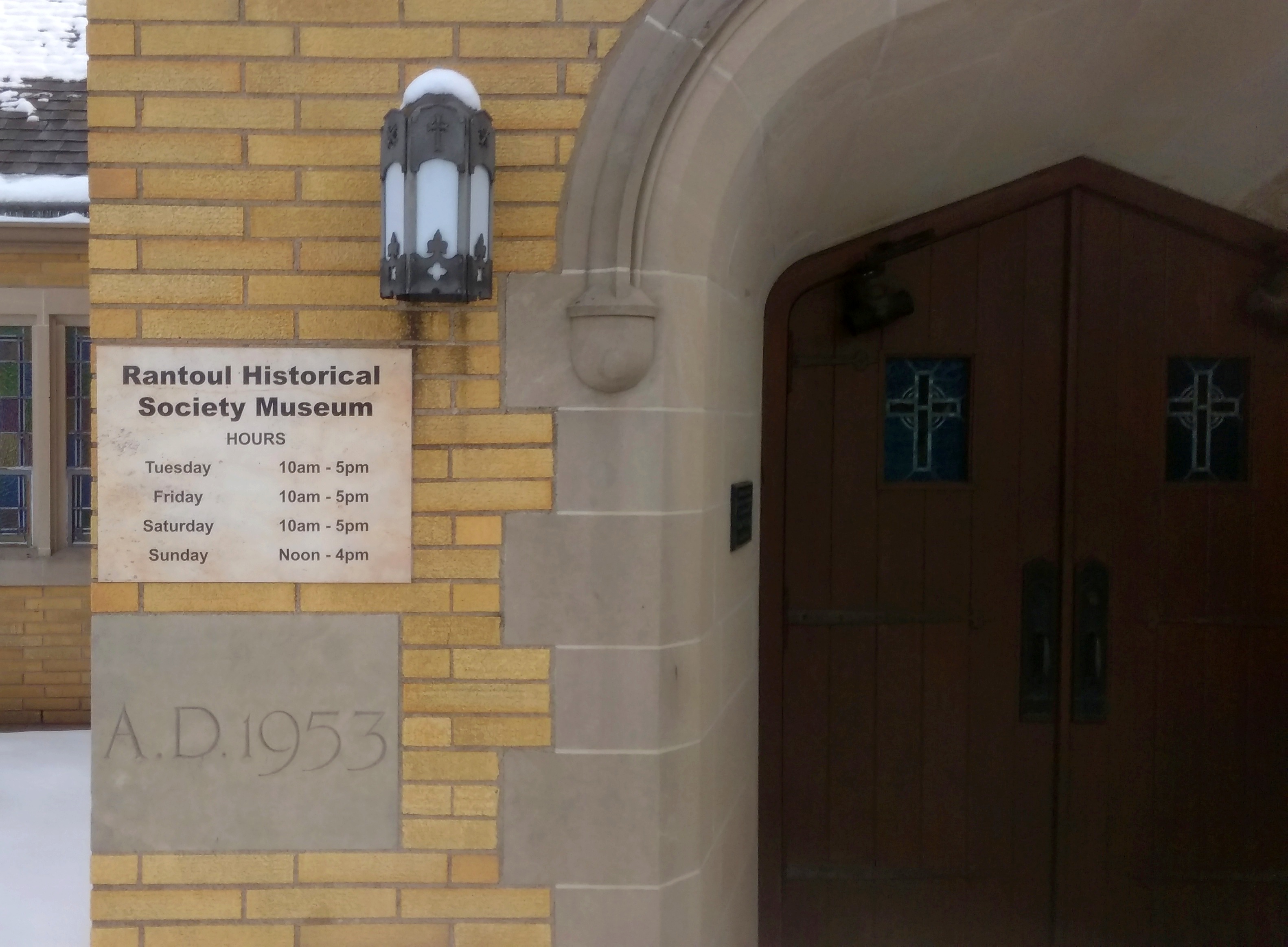


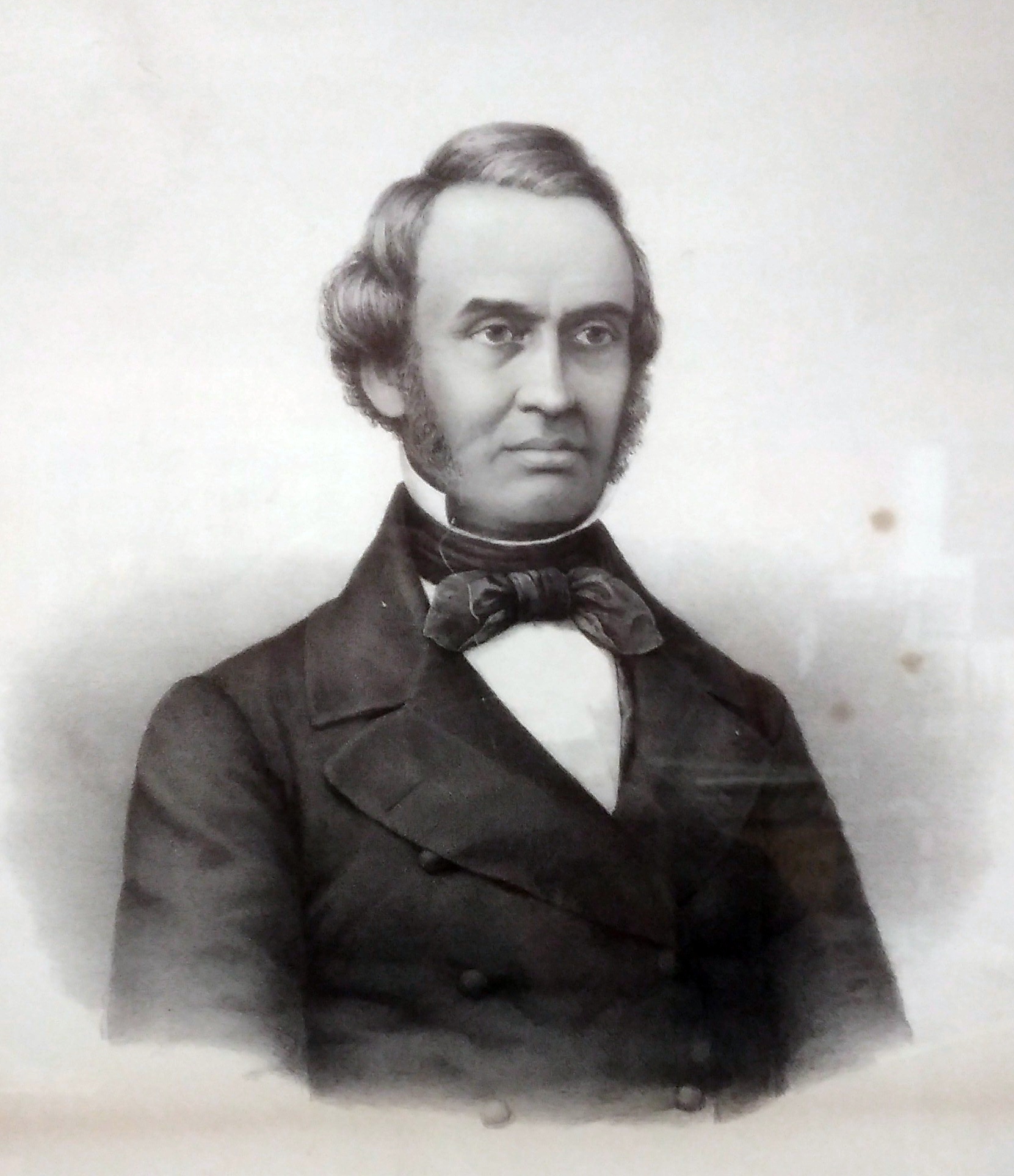
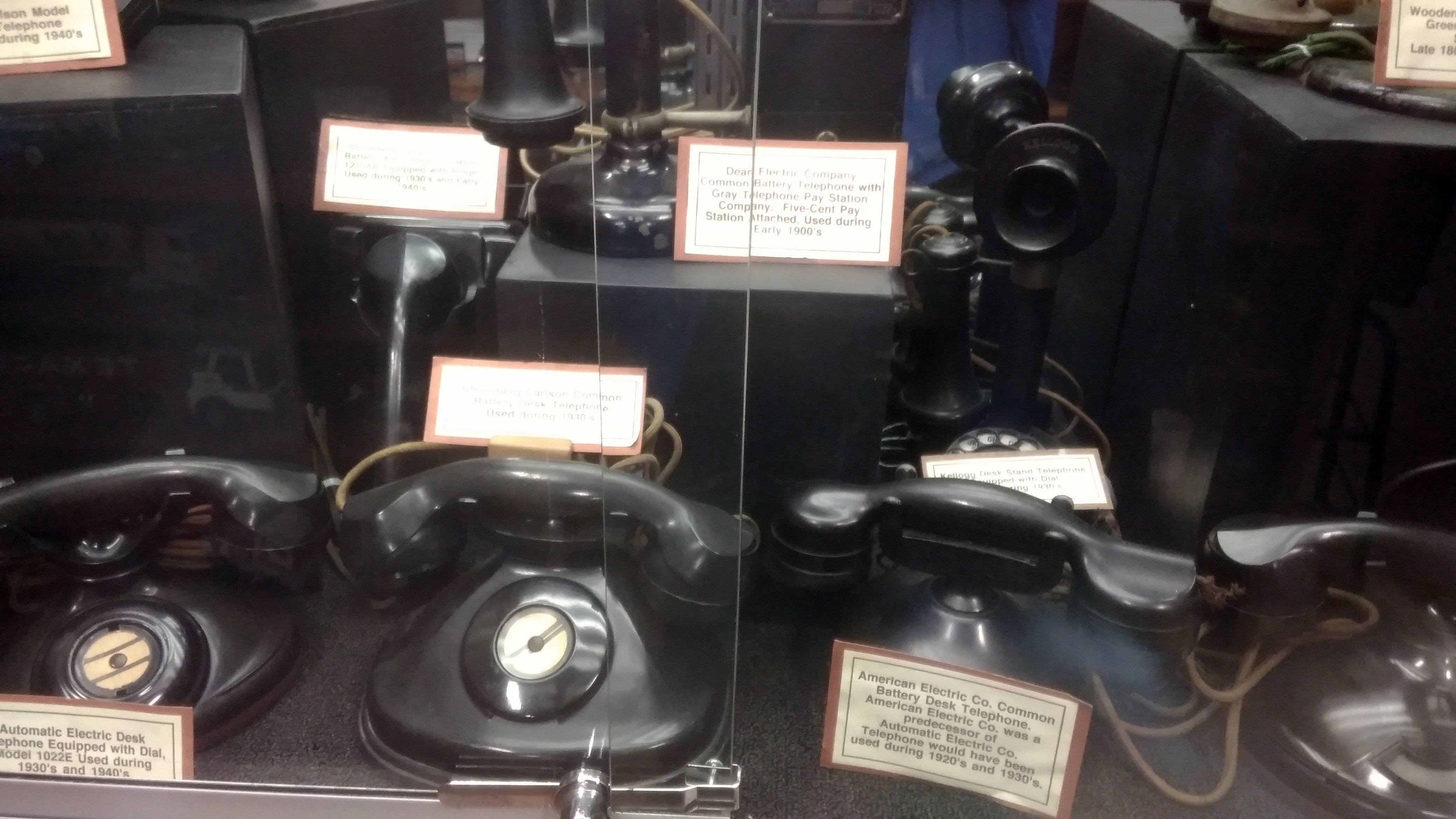
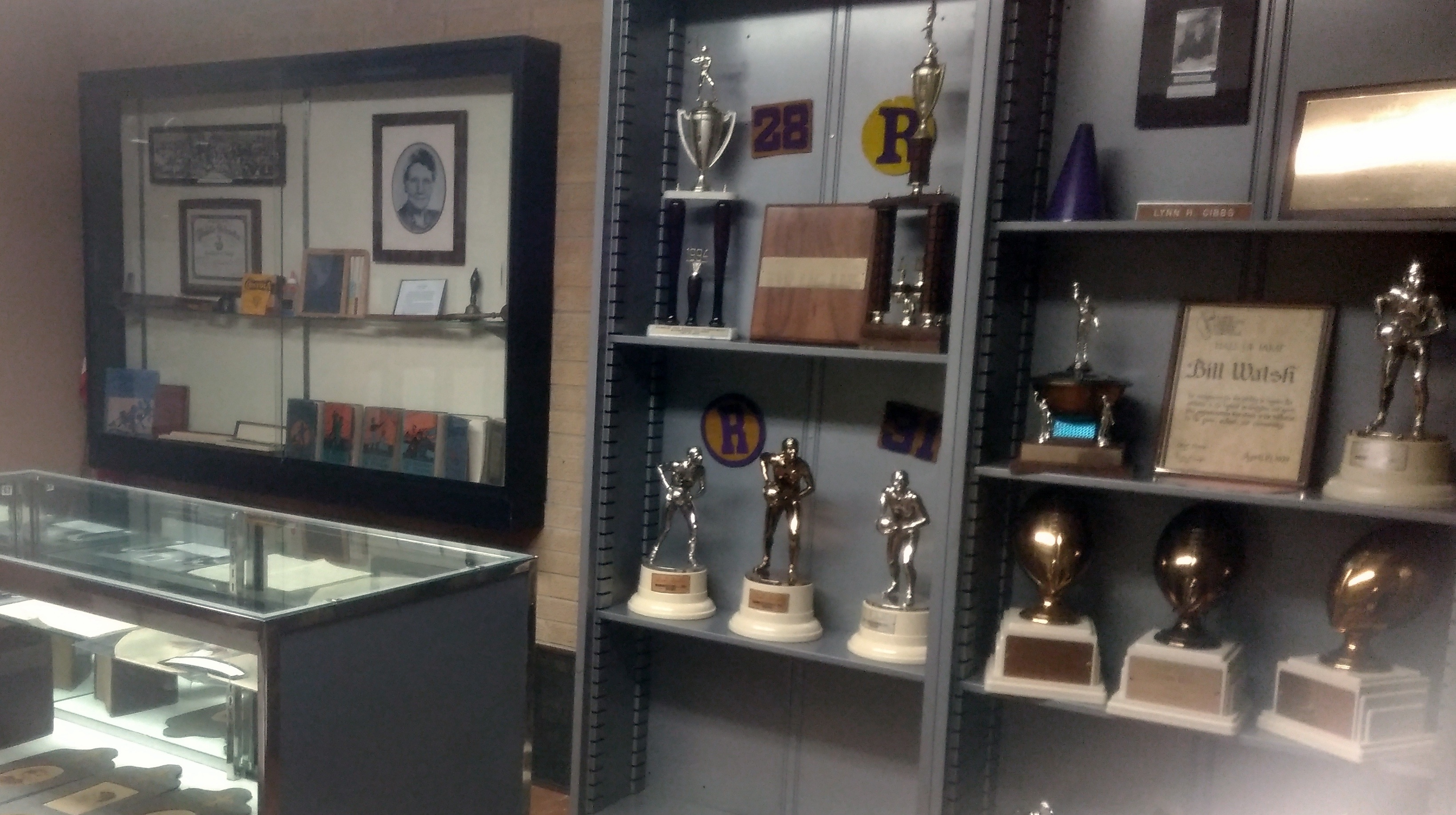
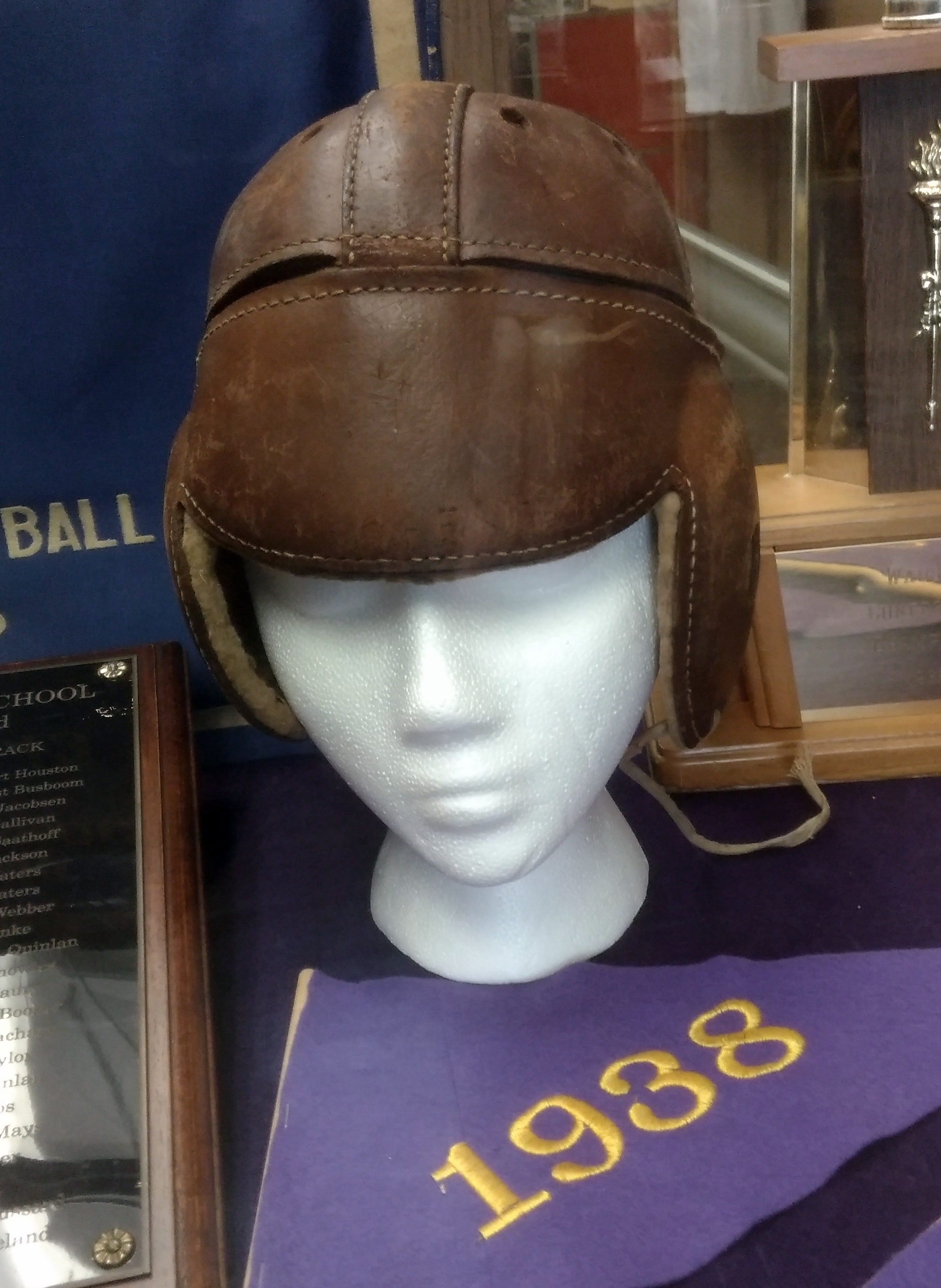

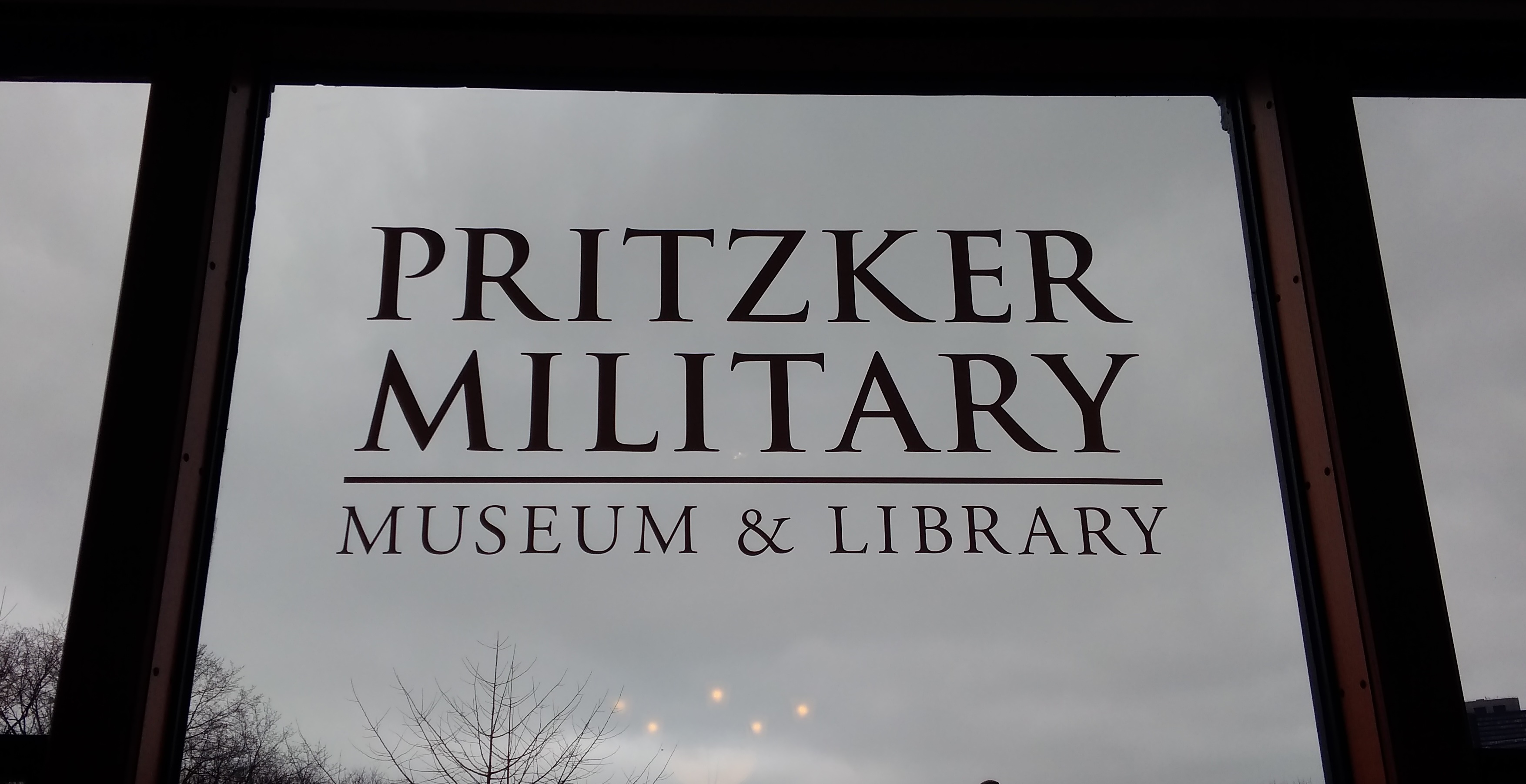
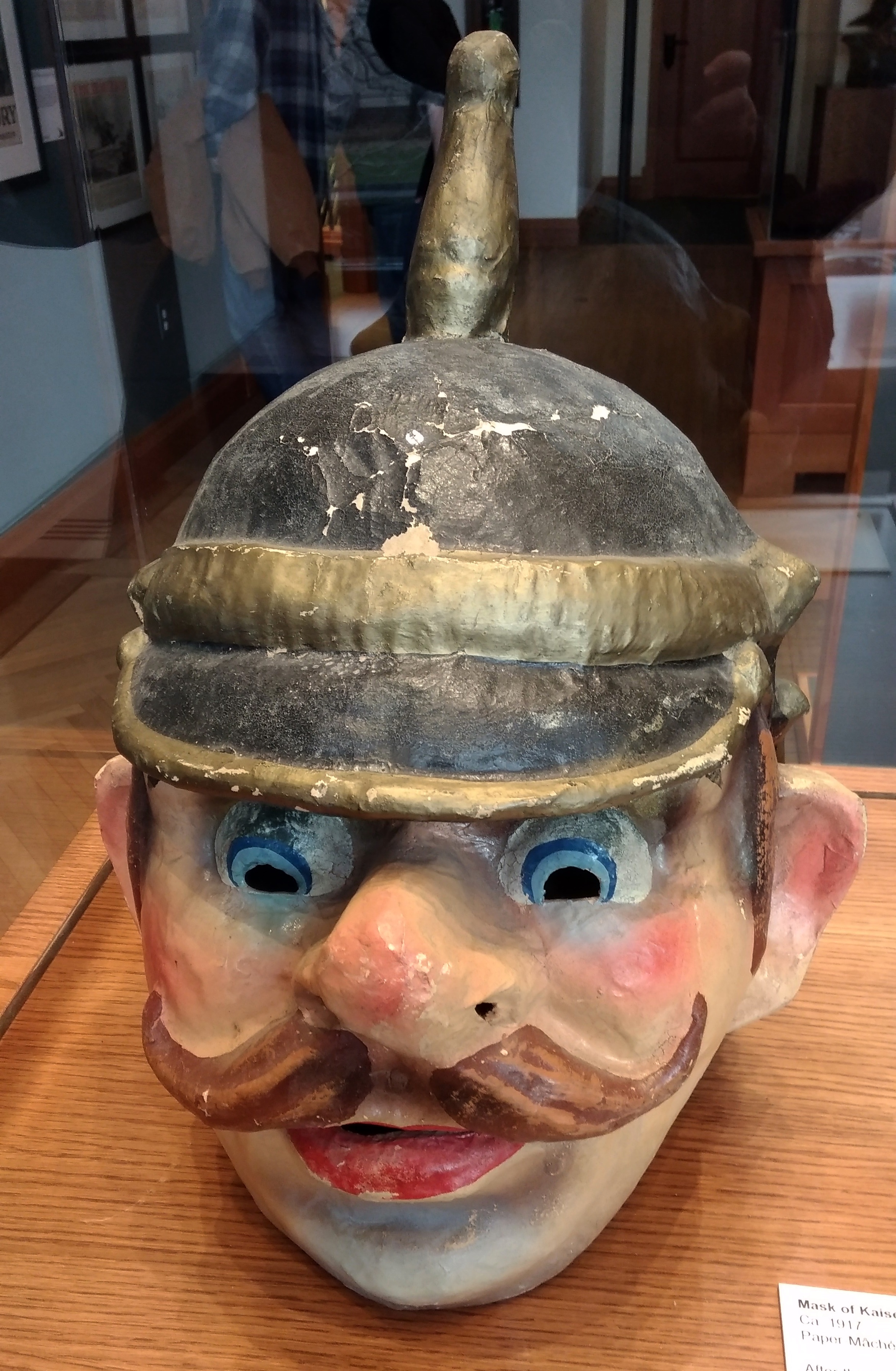
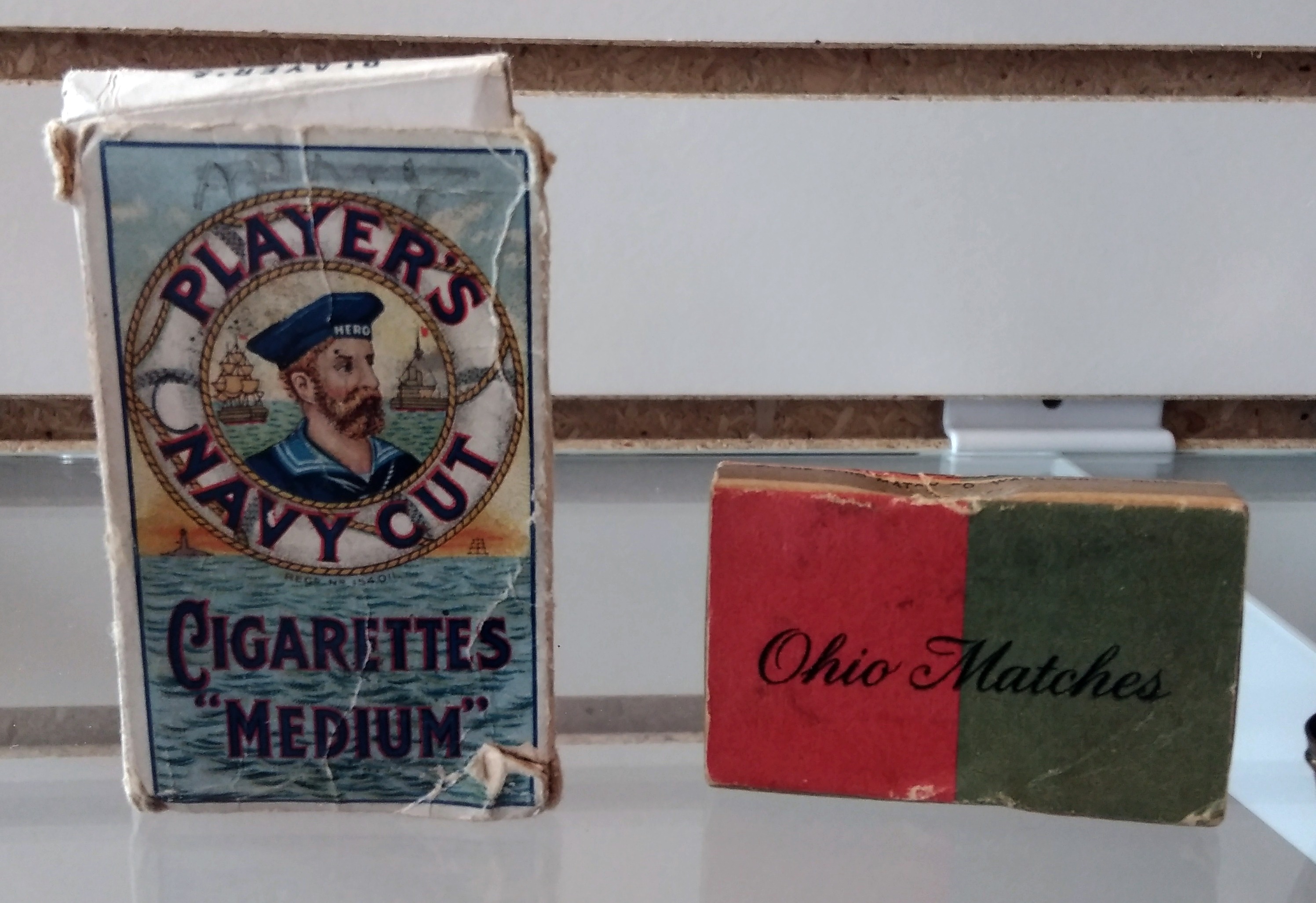
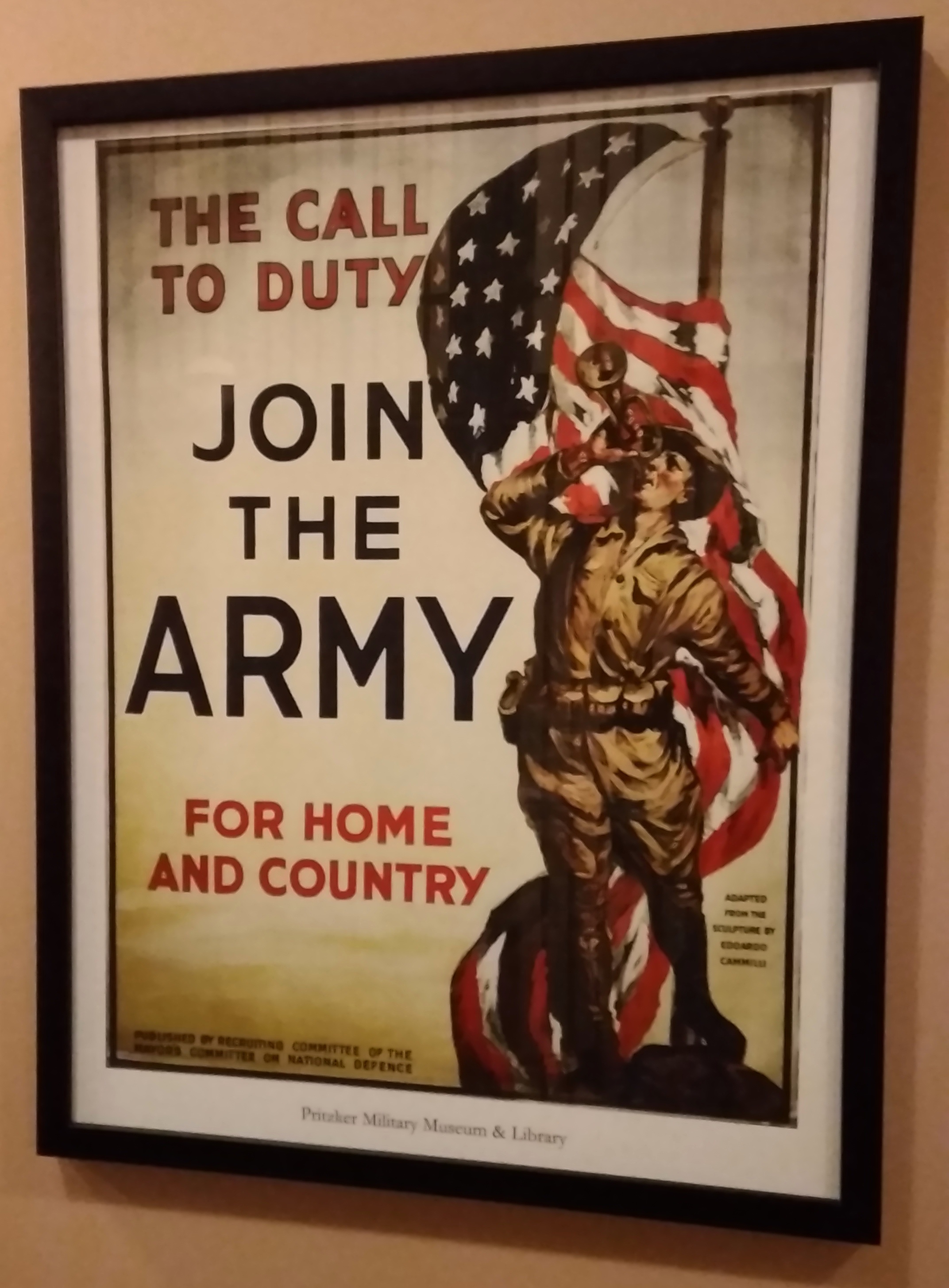
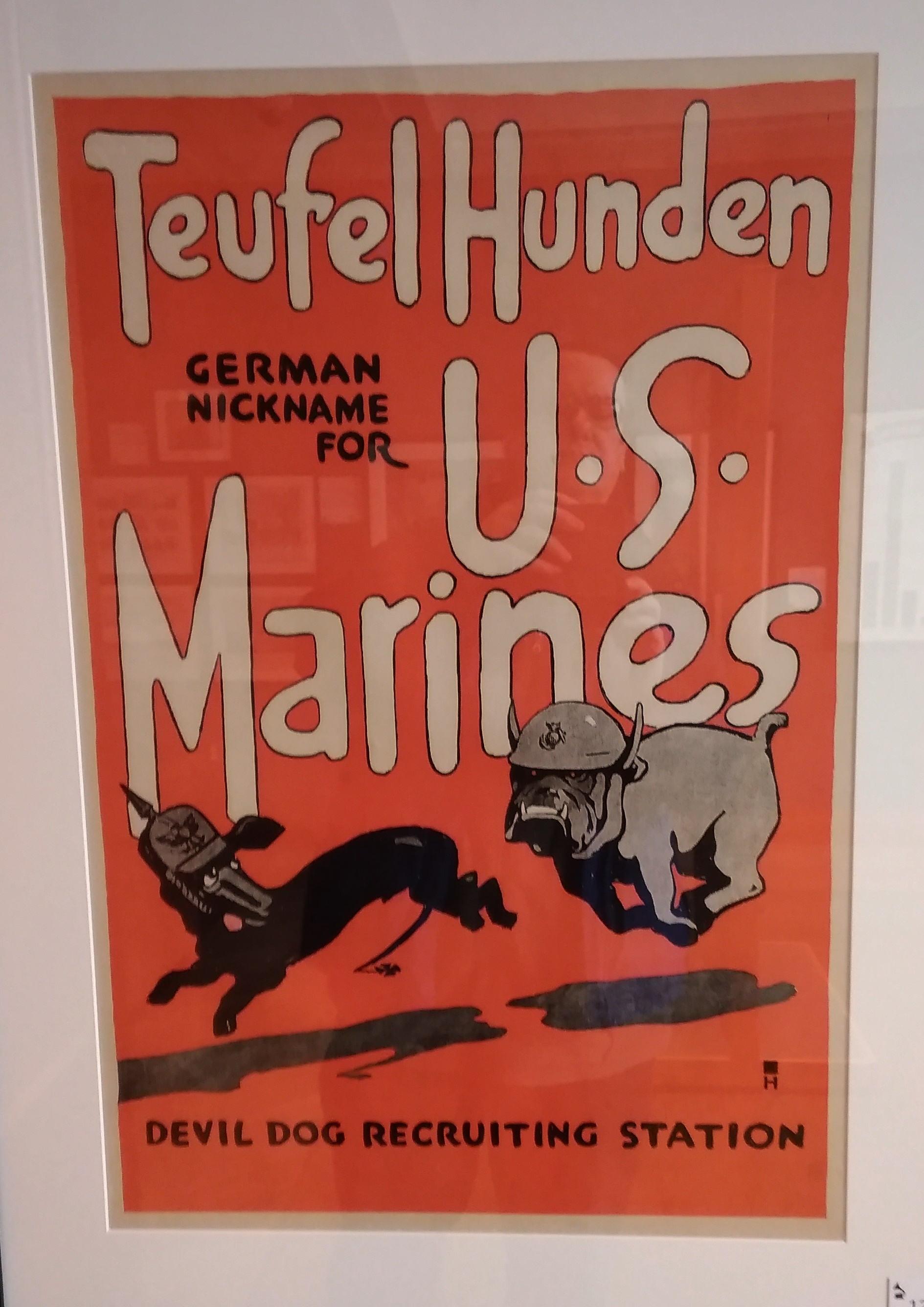
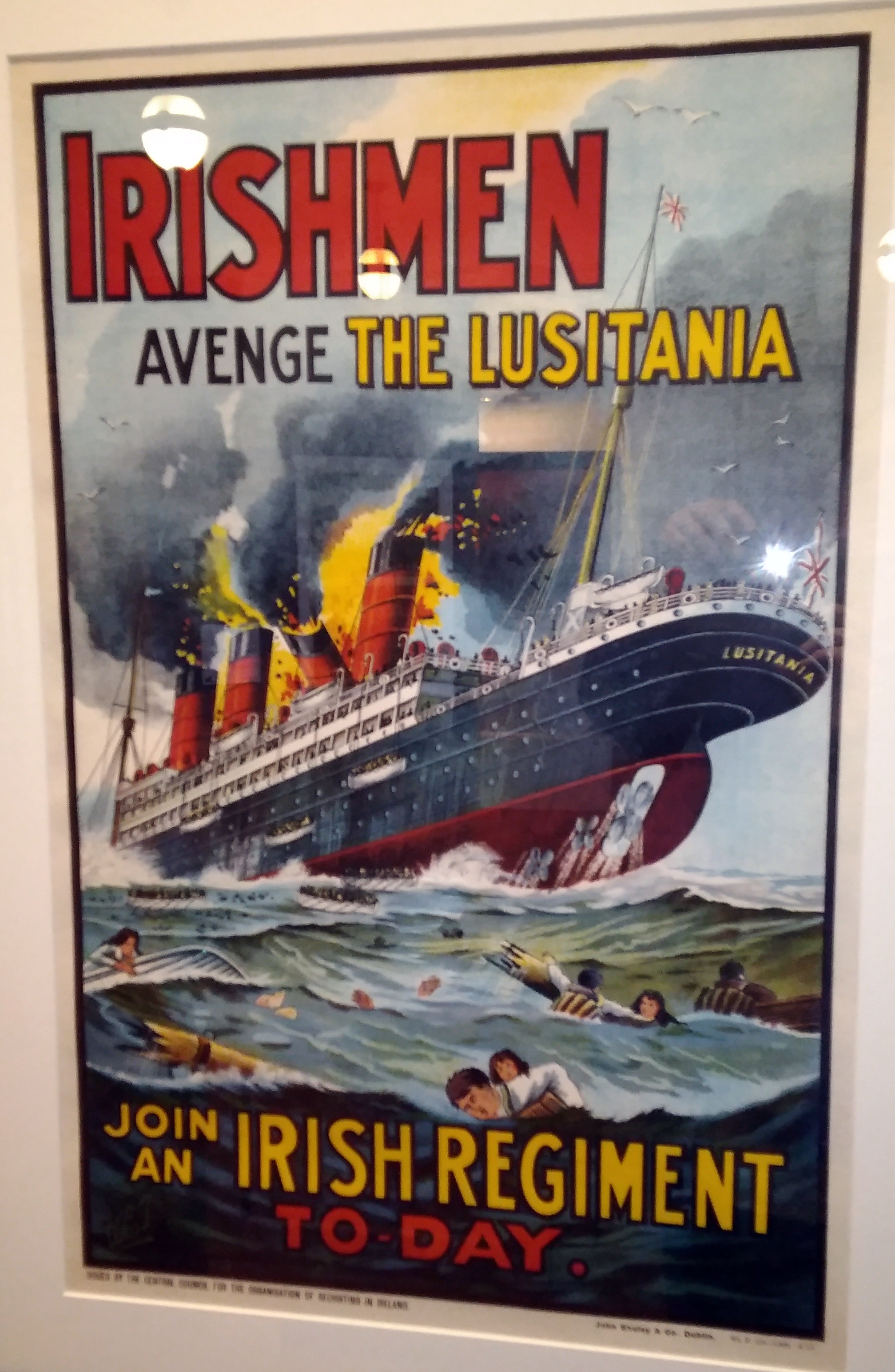
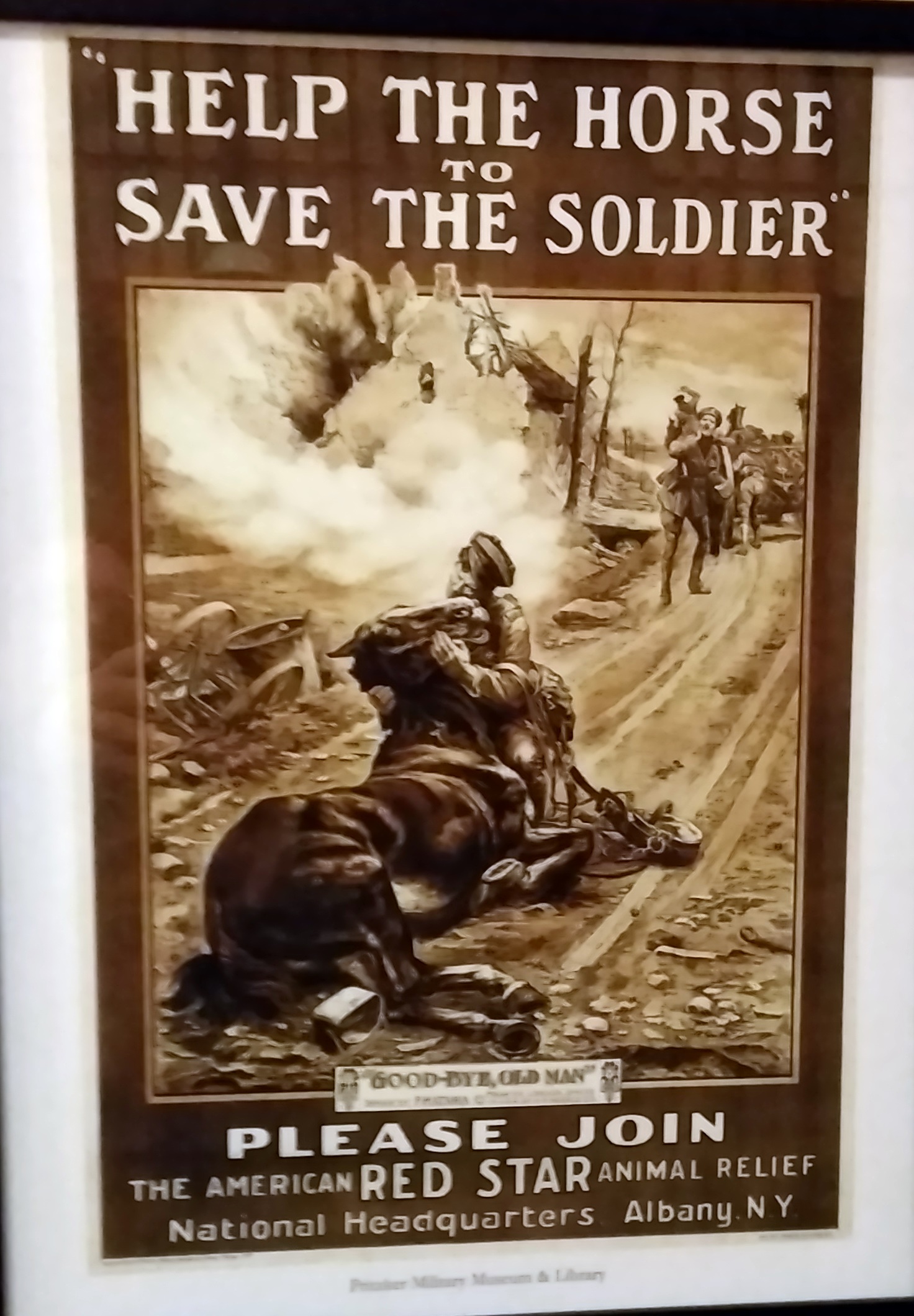
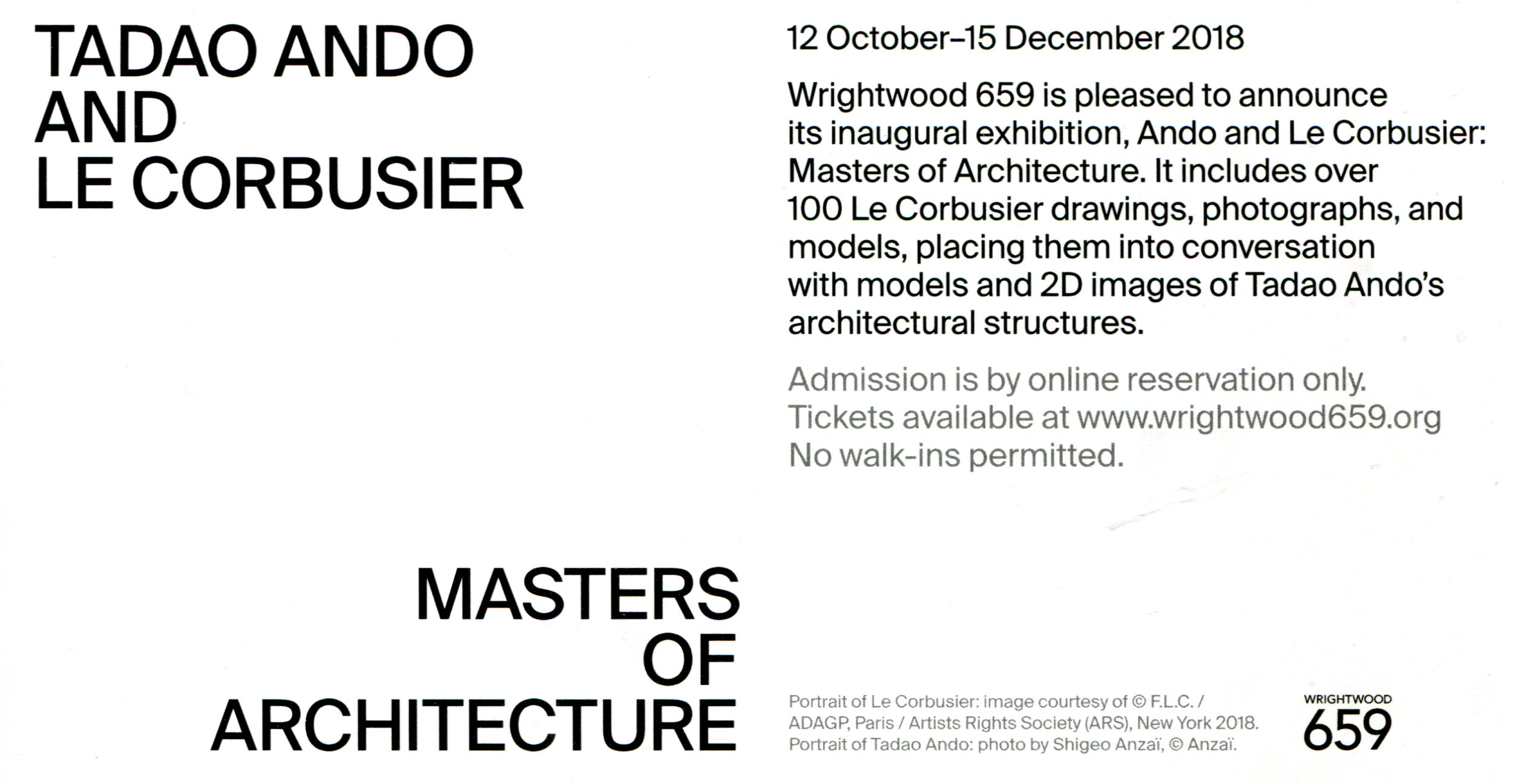
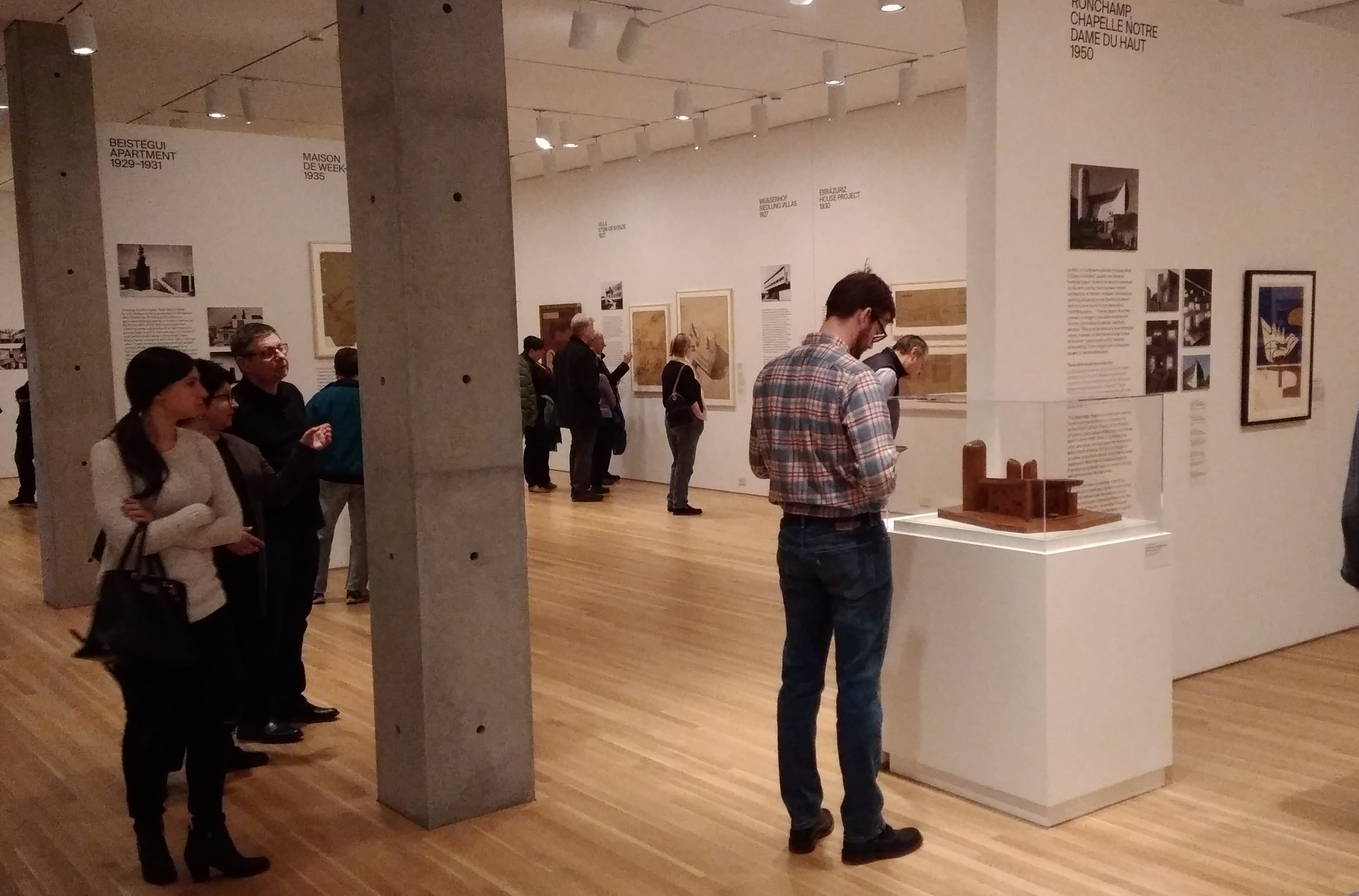
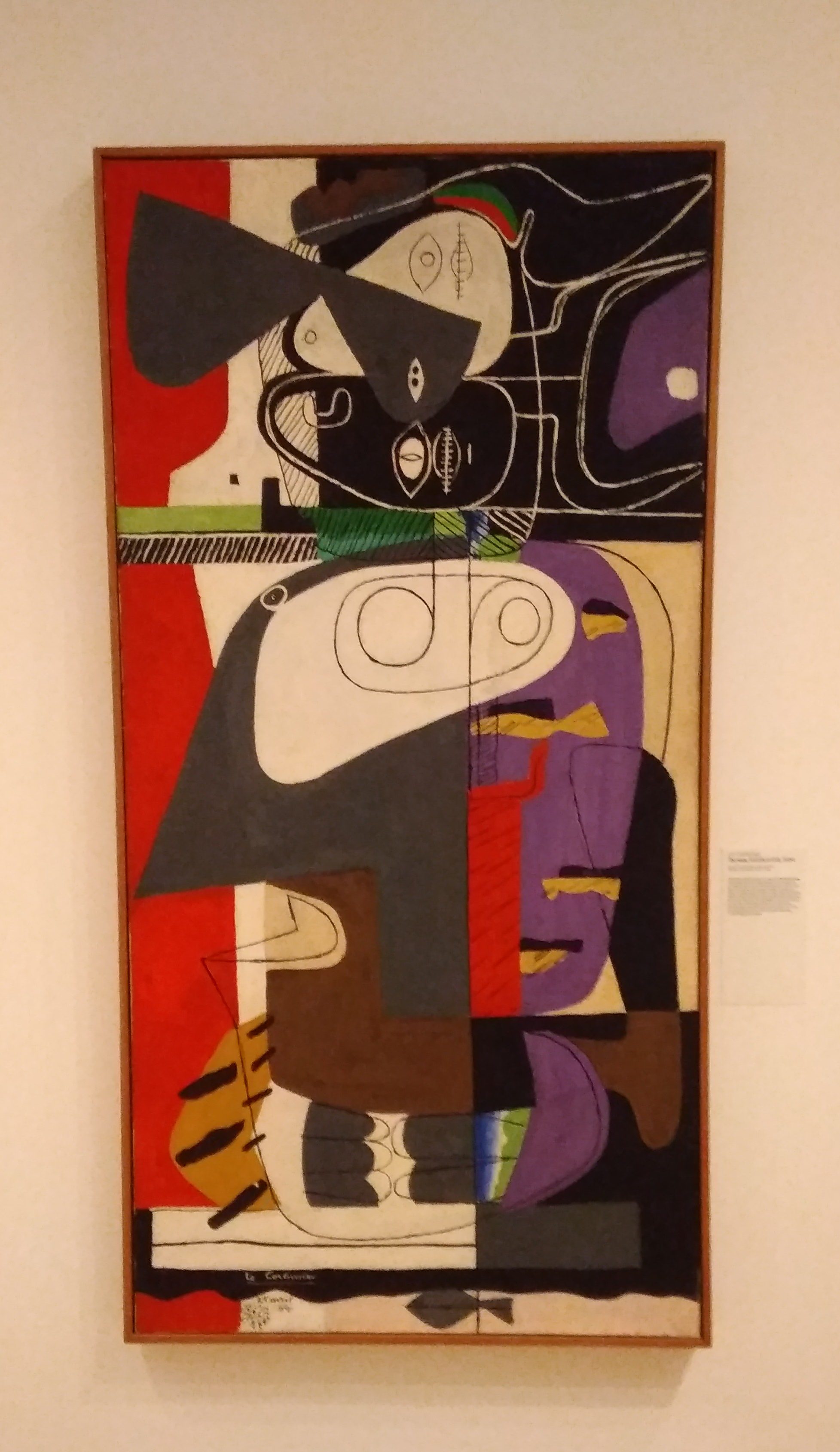
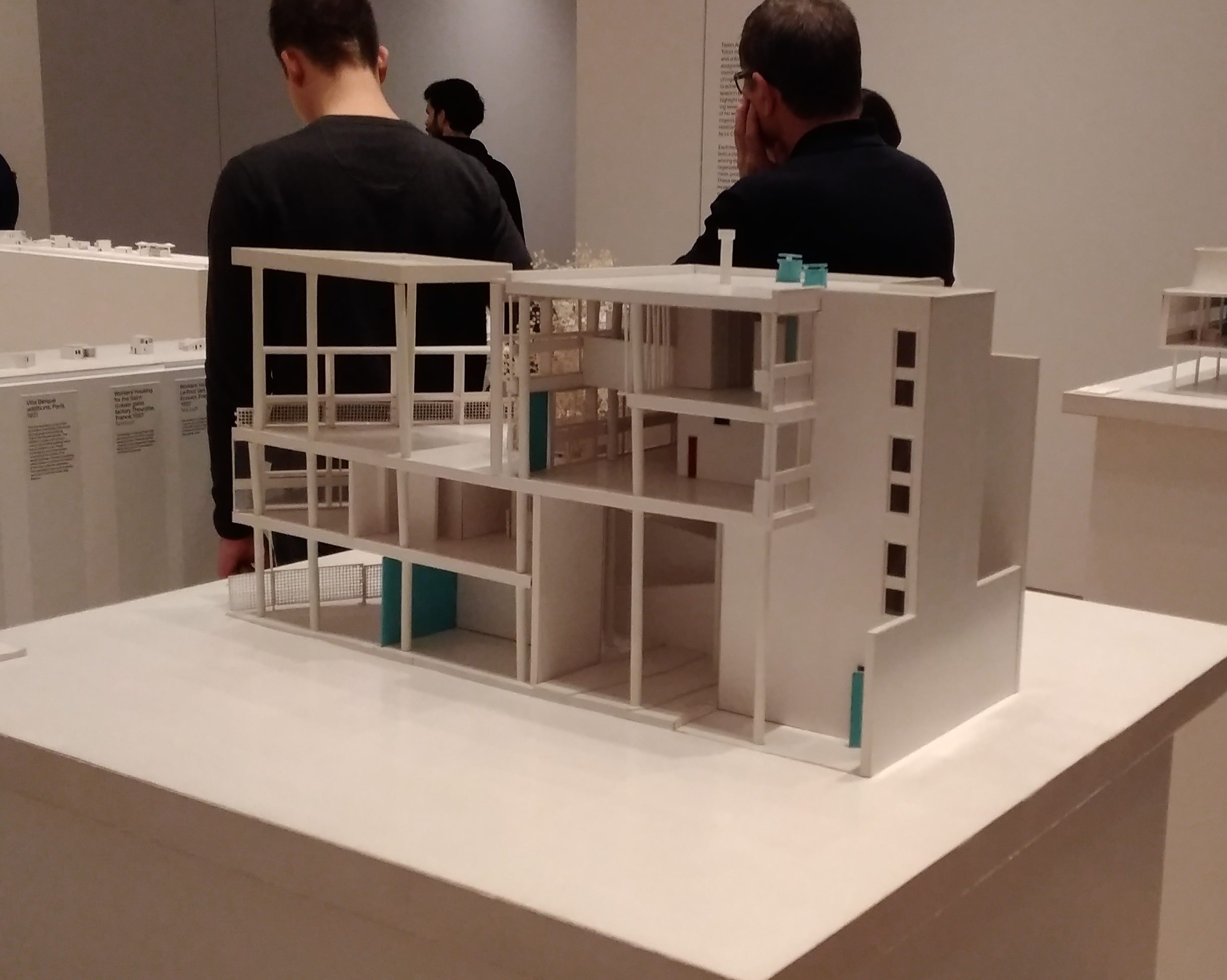
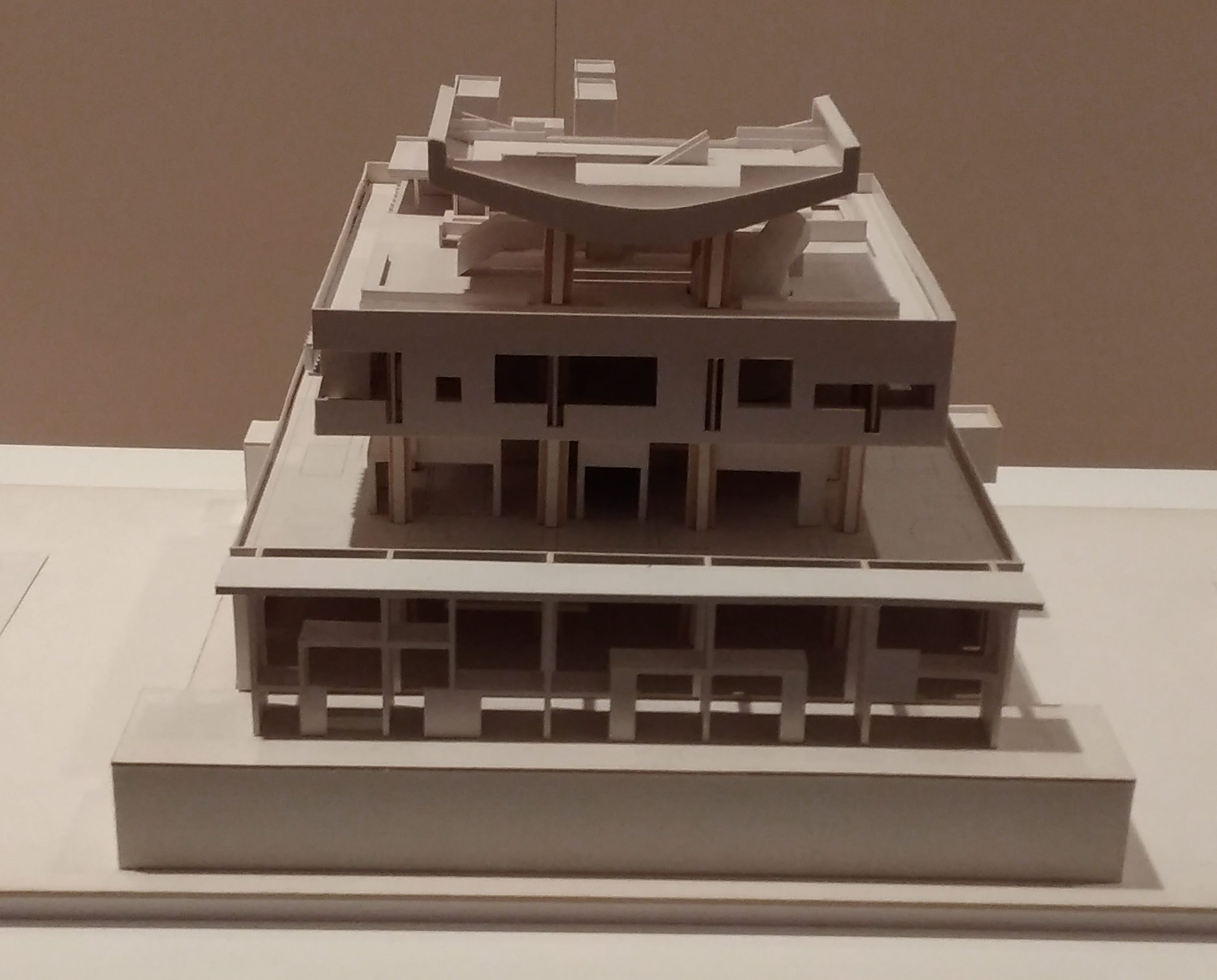
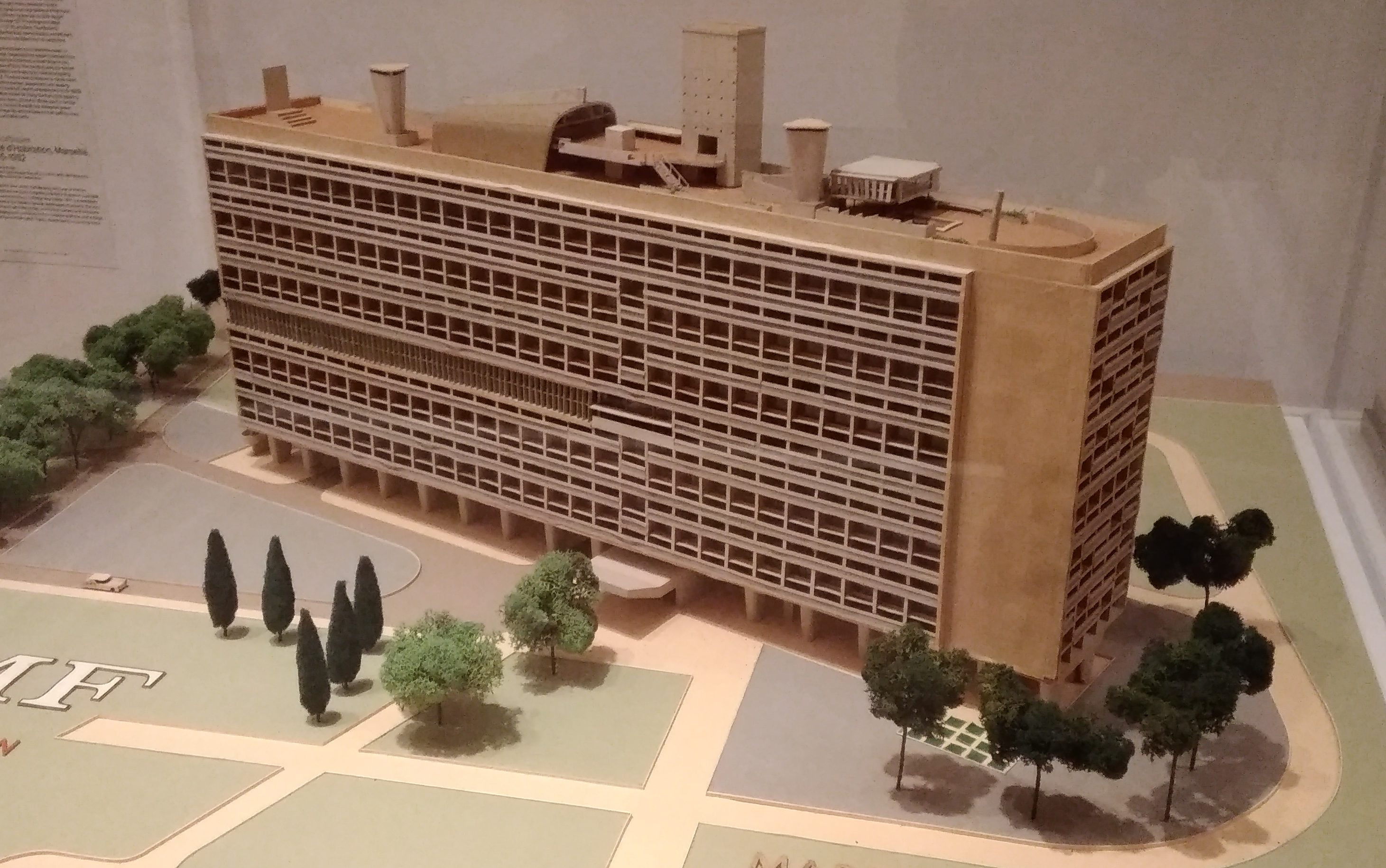
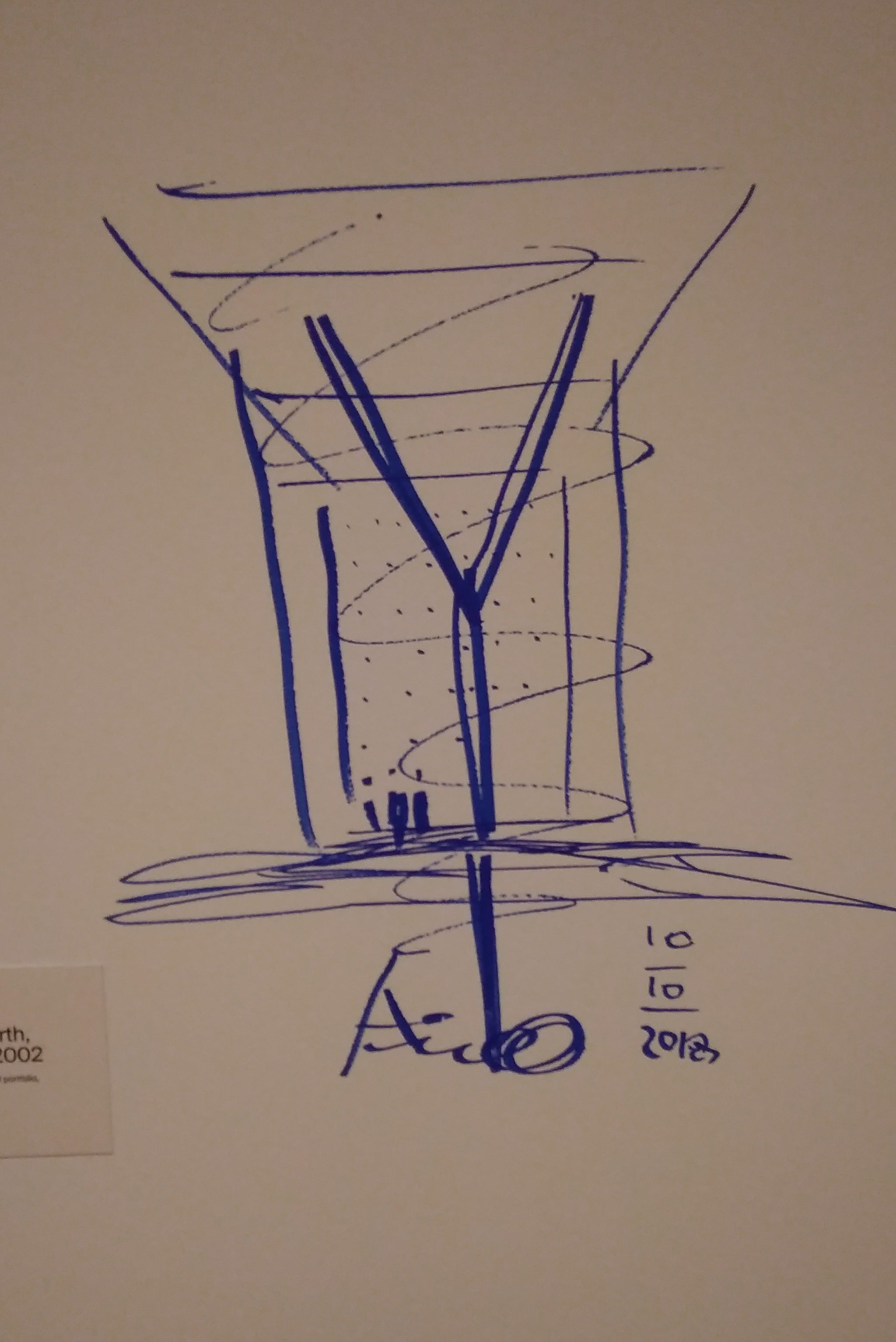
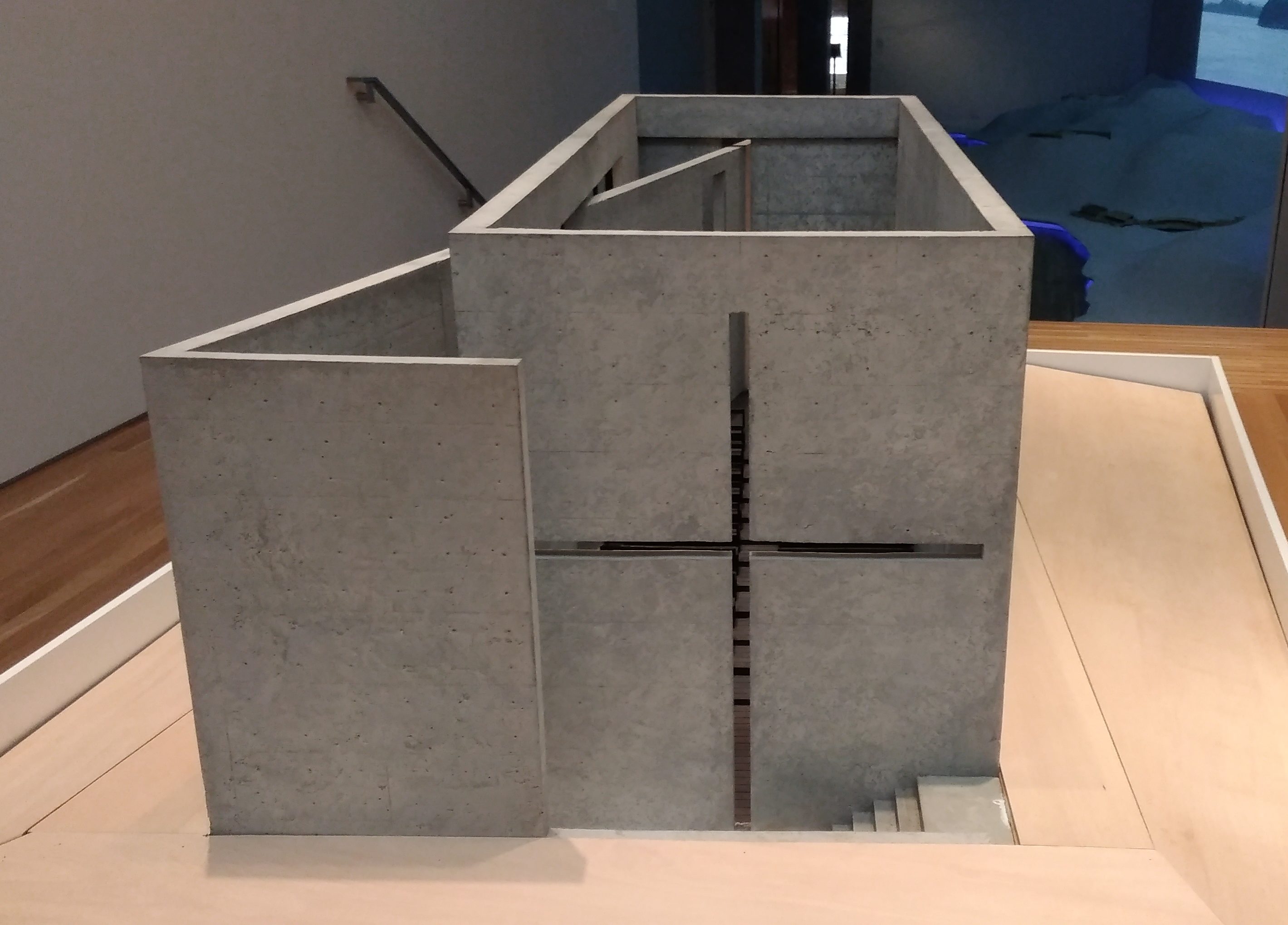
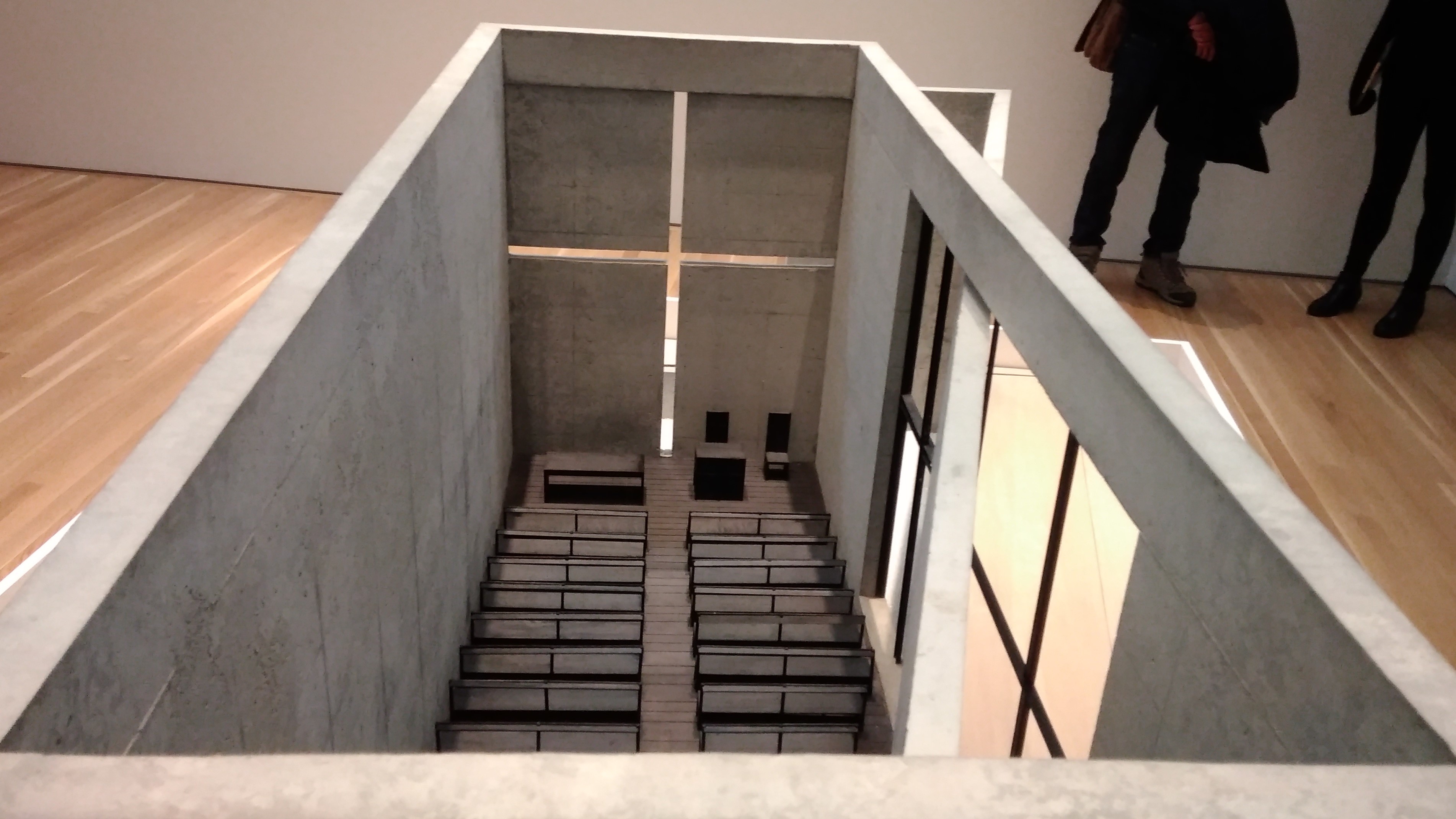
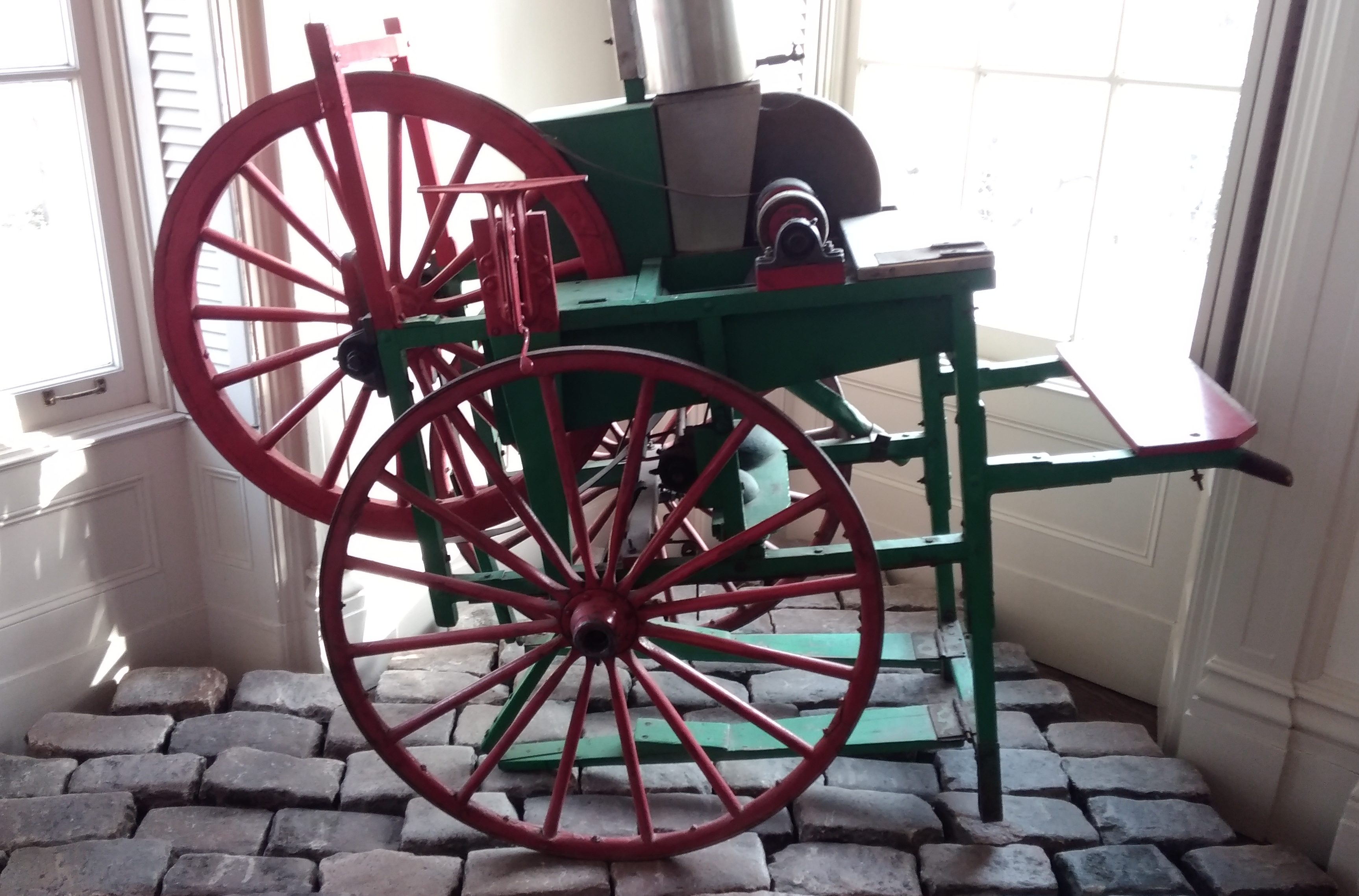
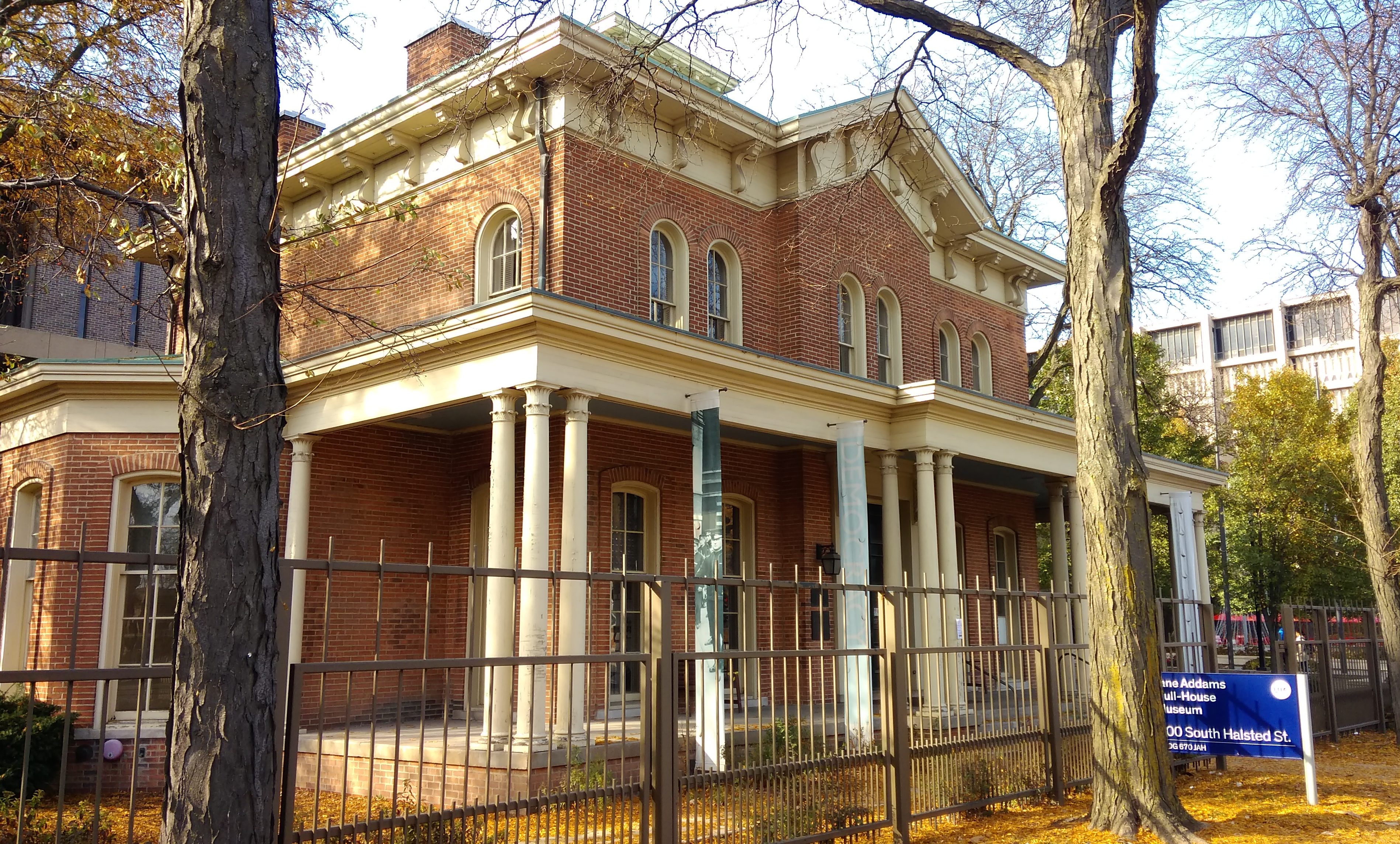
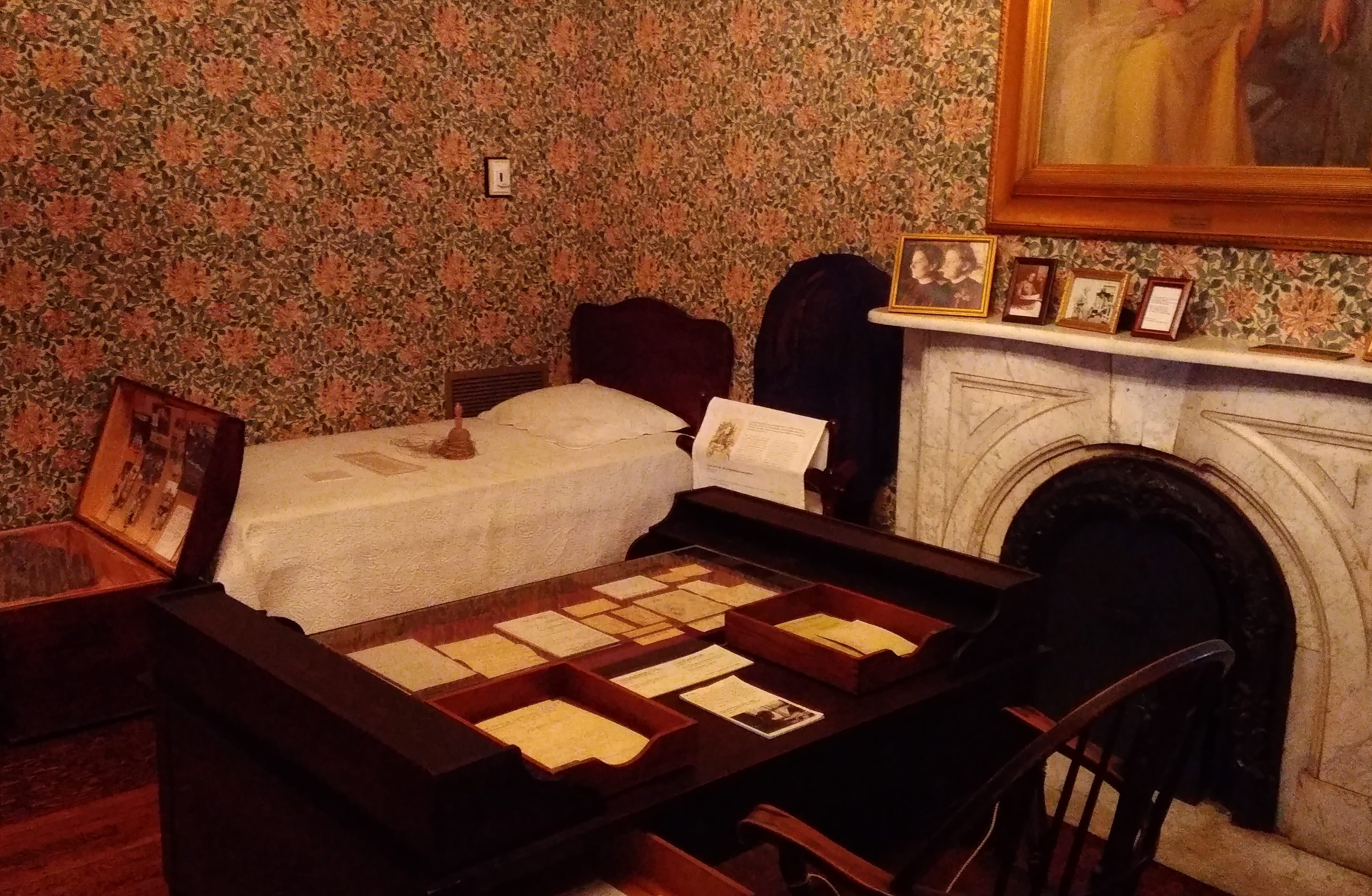
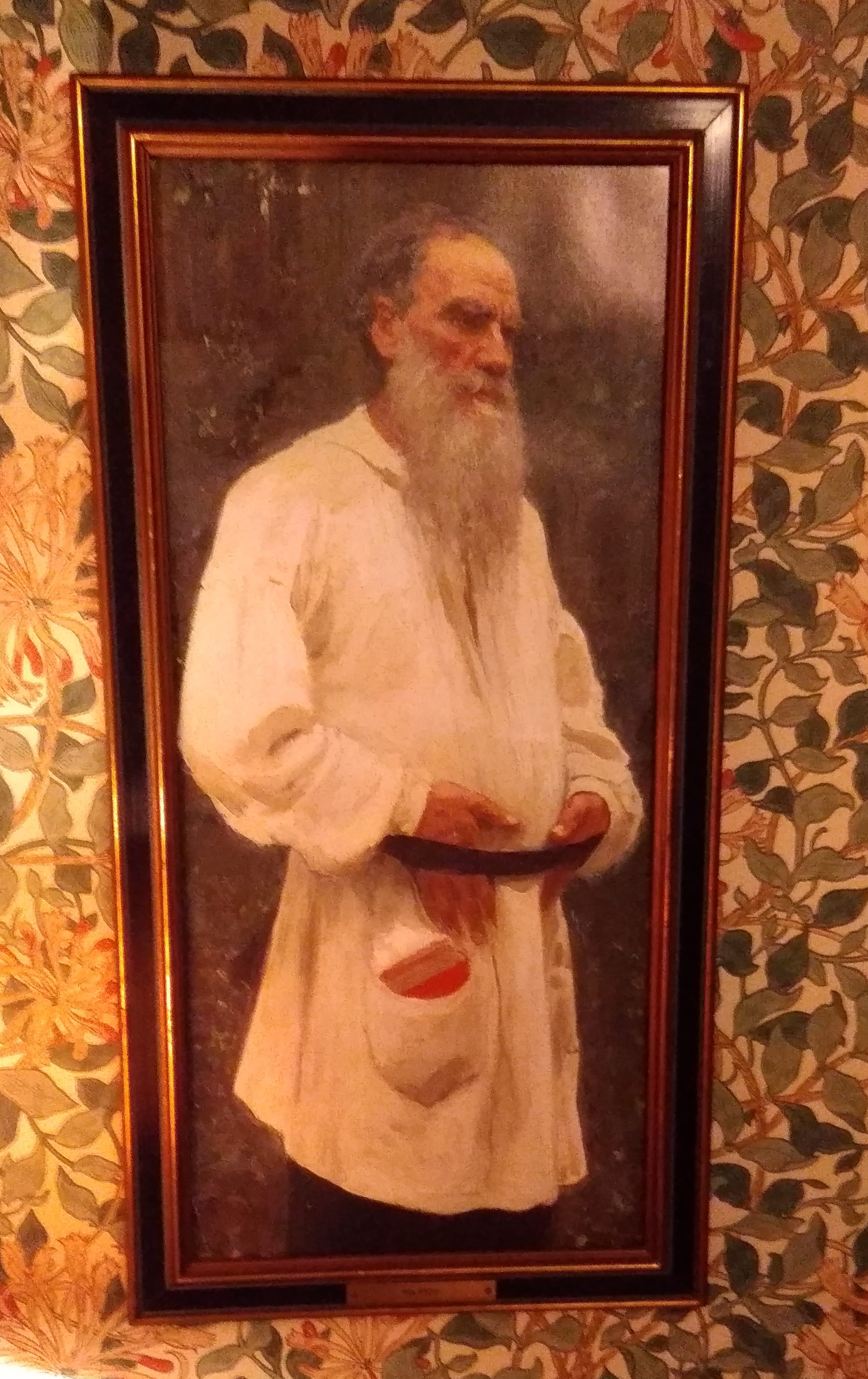
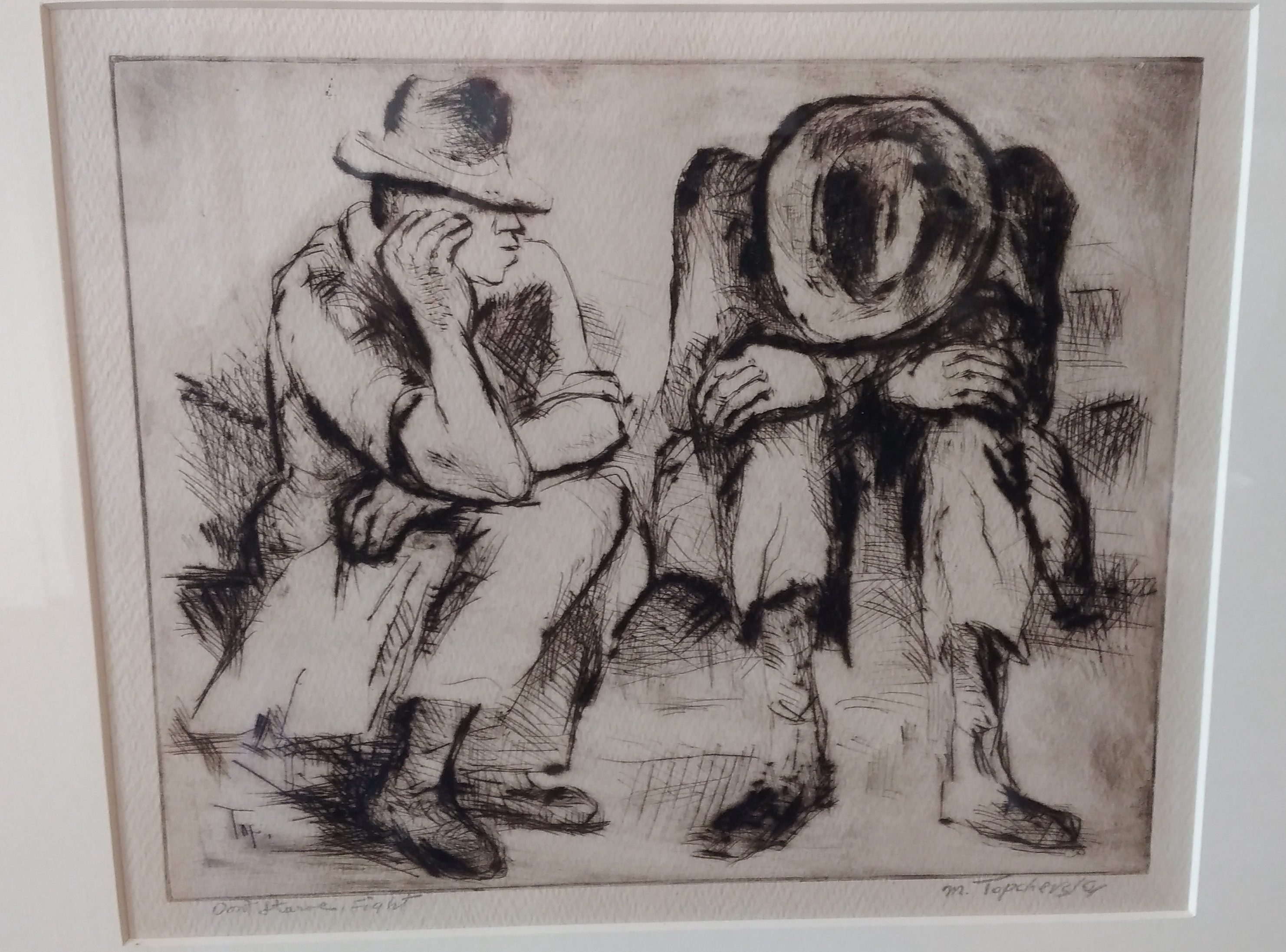
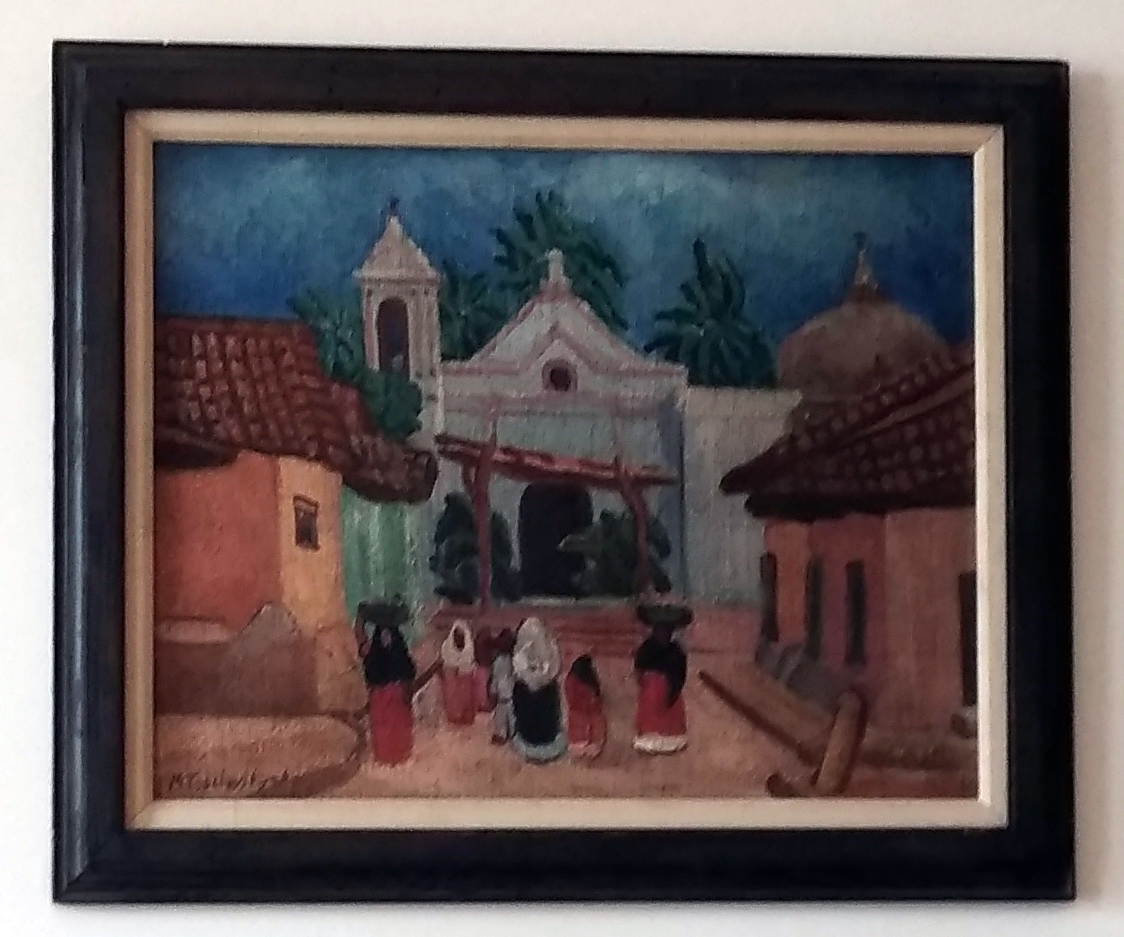
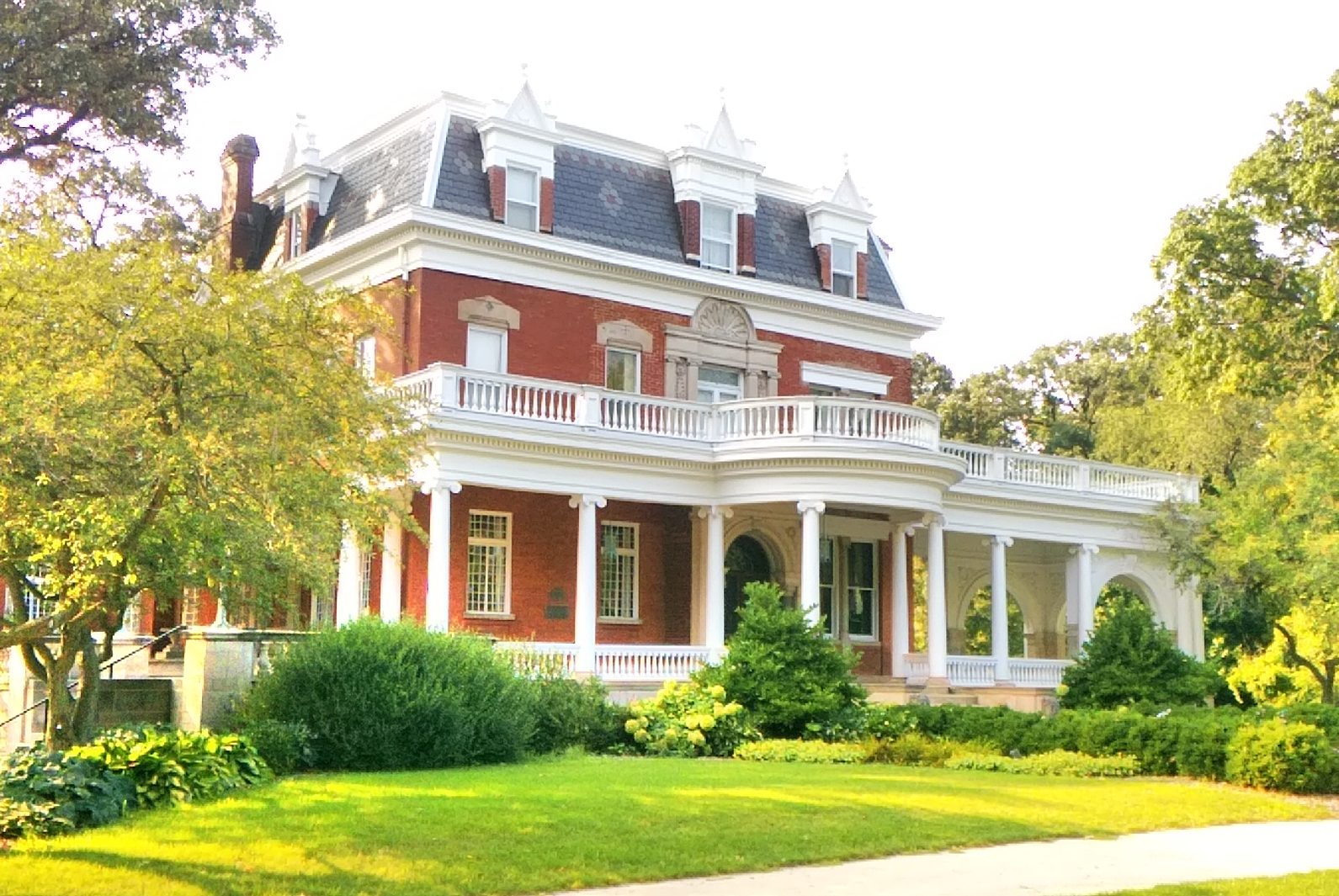
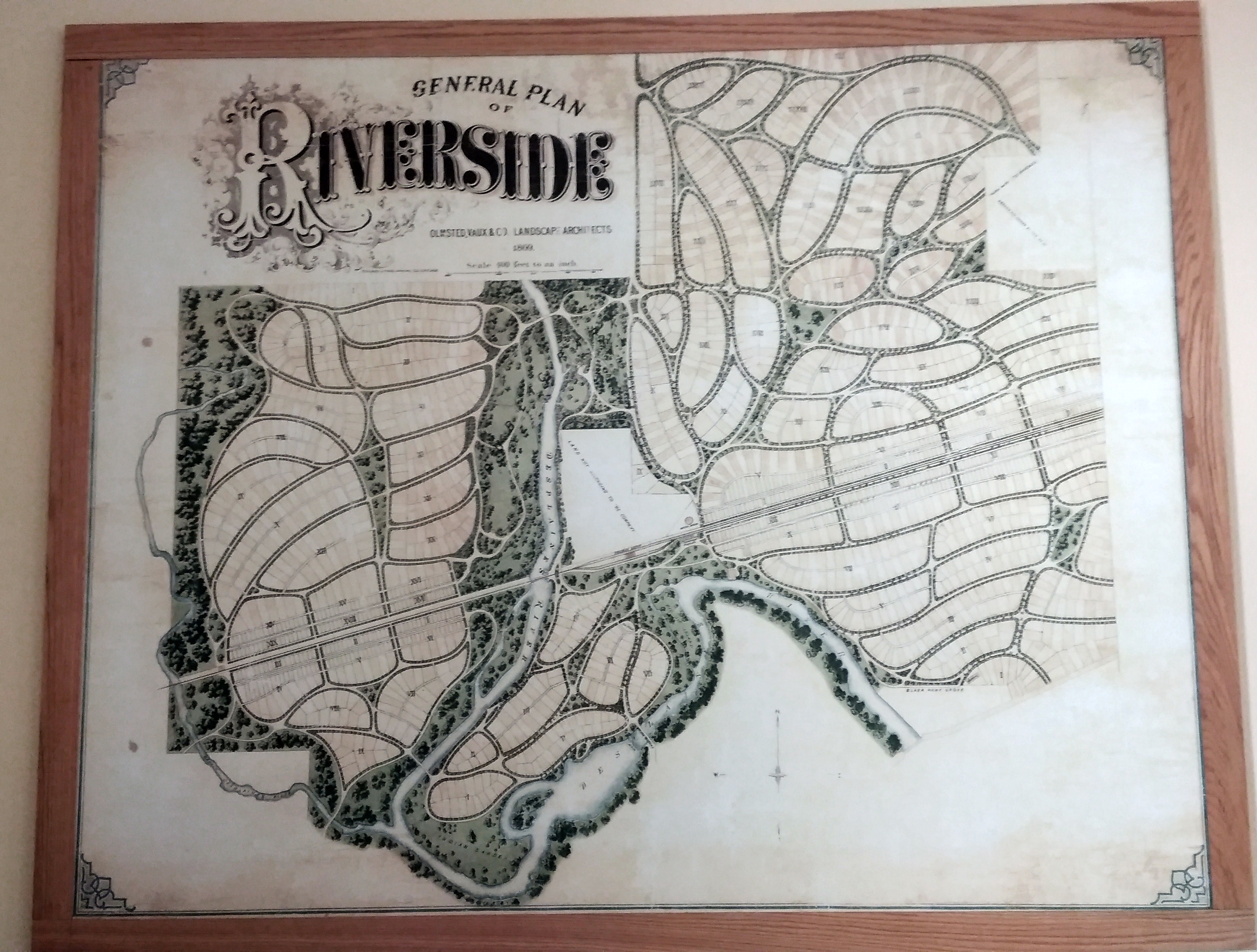
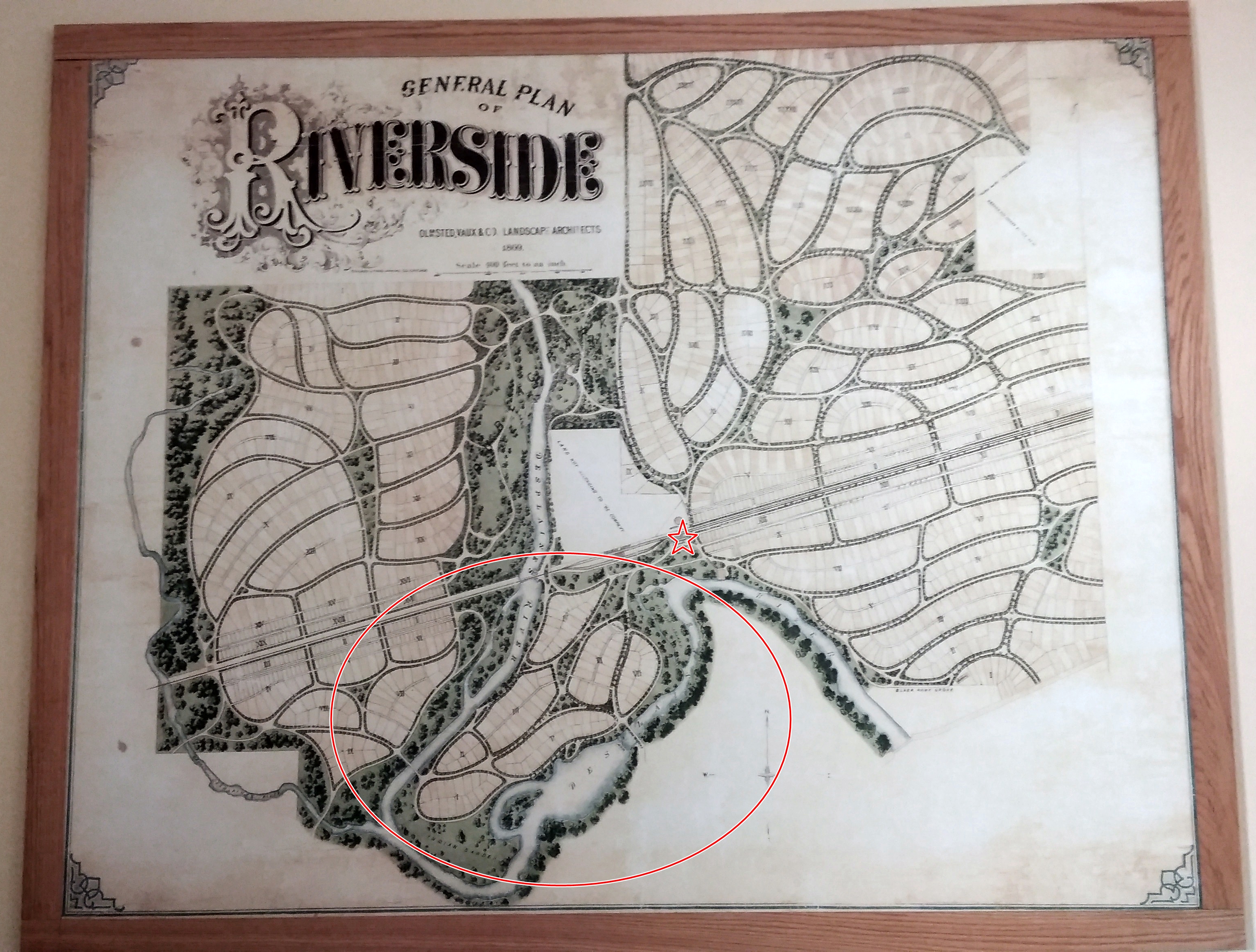
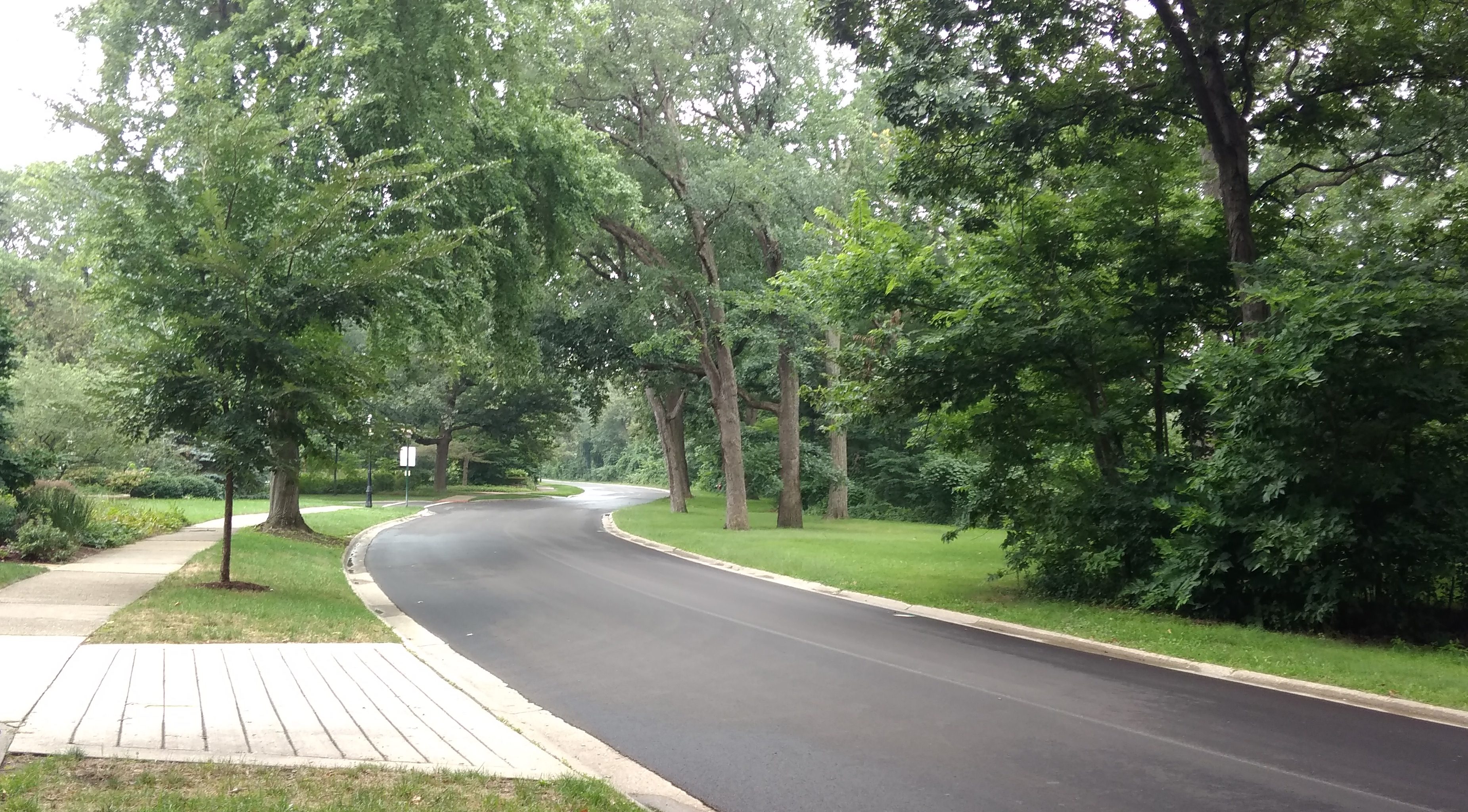
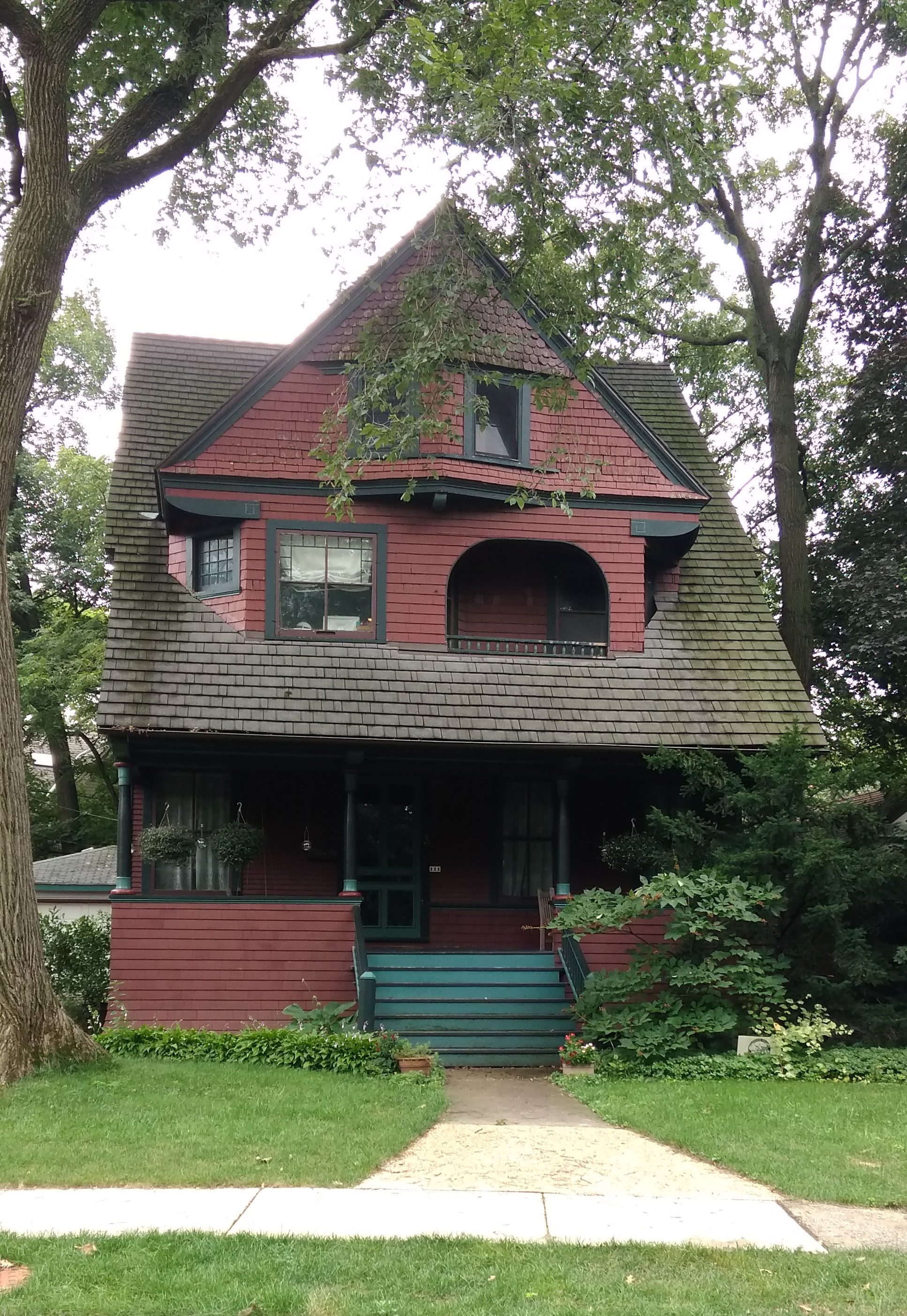
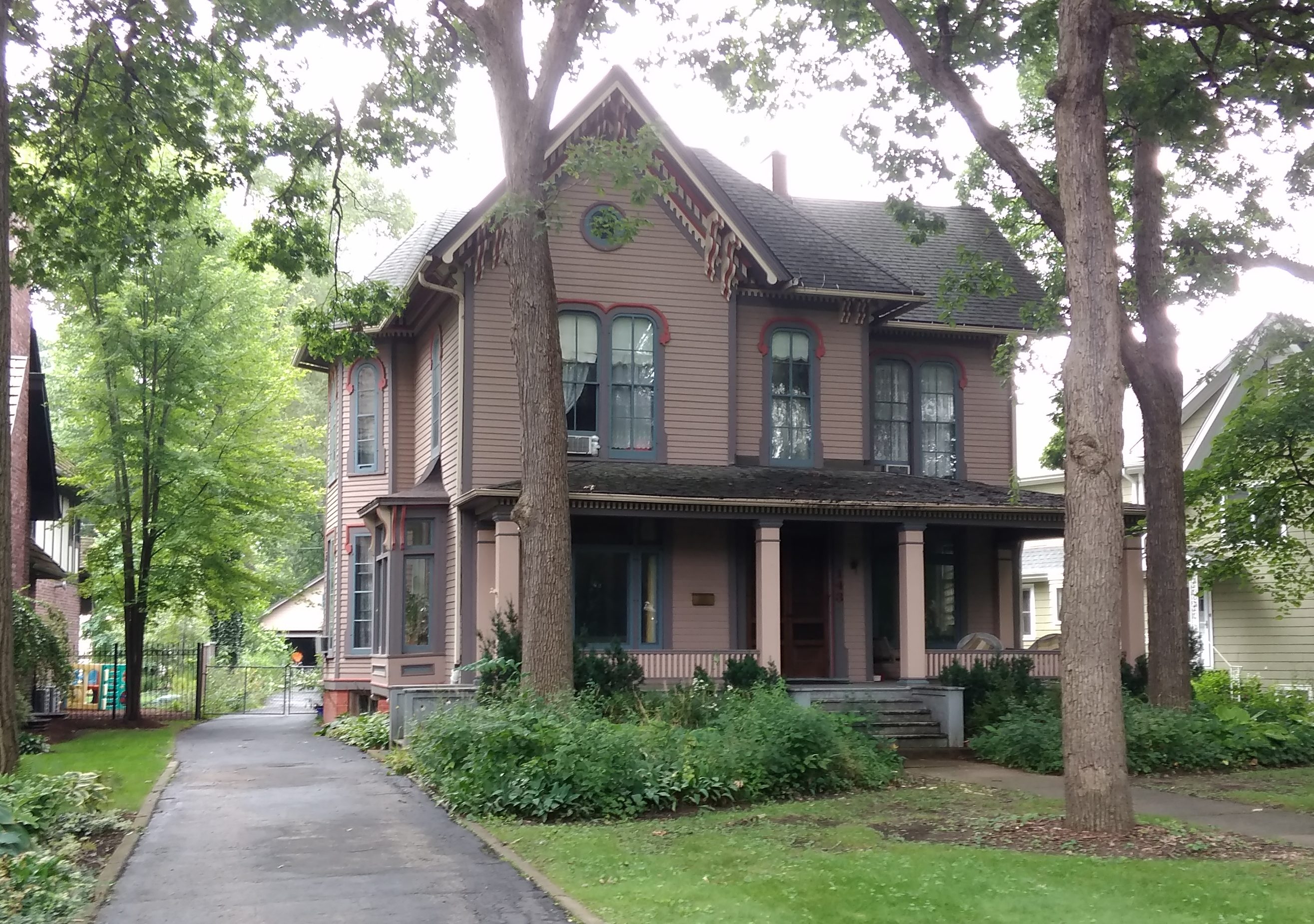 The John C. Smith House, 1907 American Four Square. That’s a nice porch.
The John C. Smith House, 1907 American Four Square. That’s a nice porch.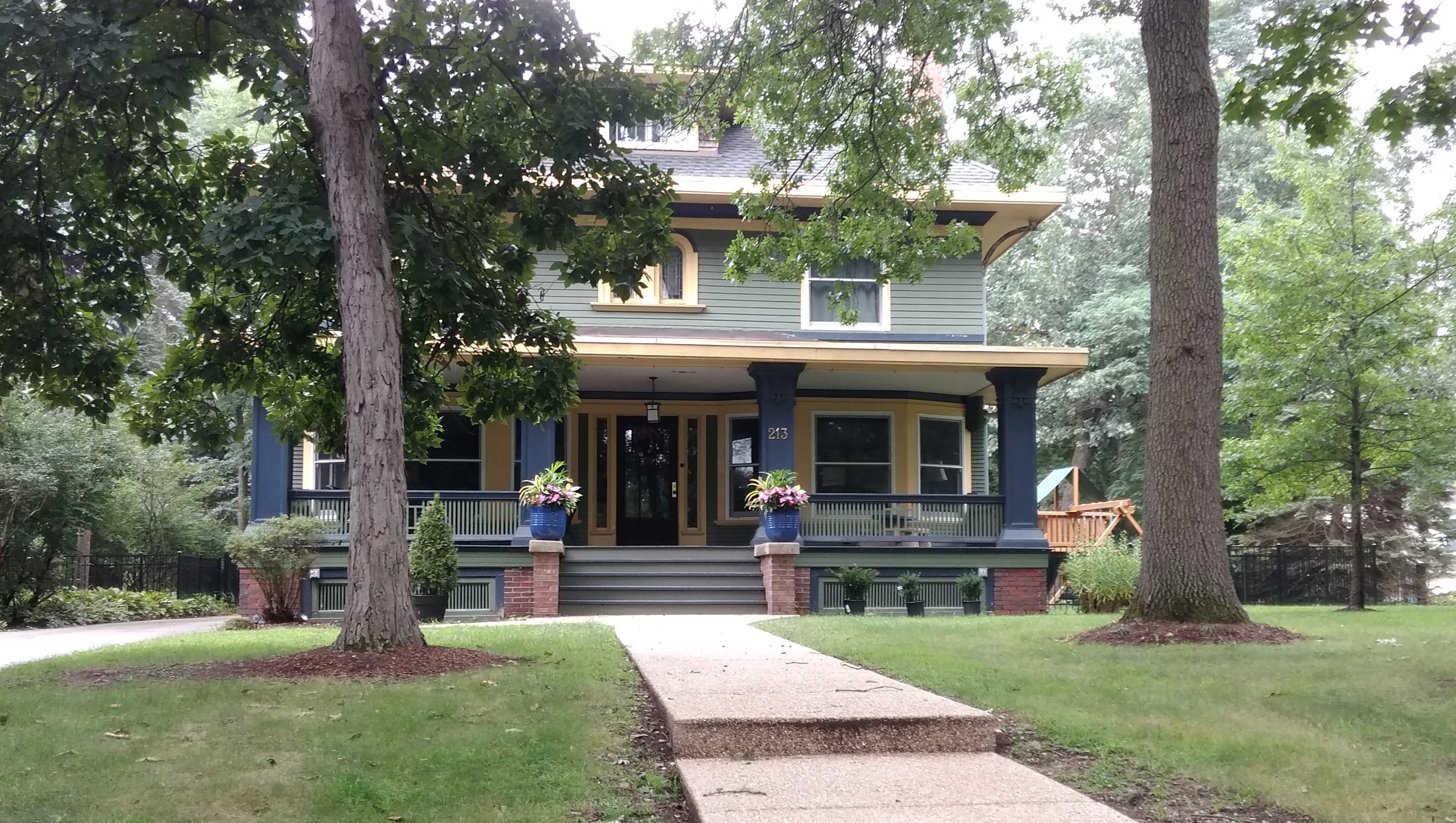
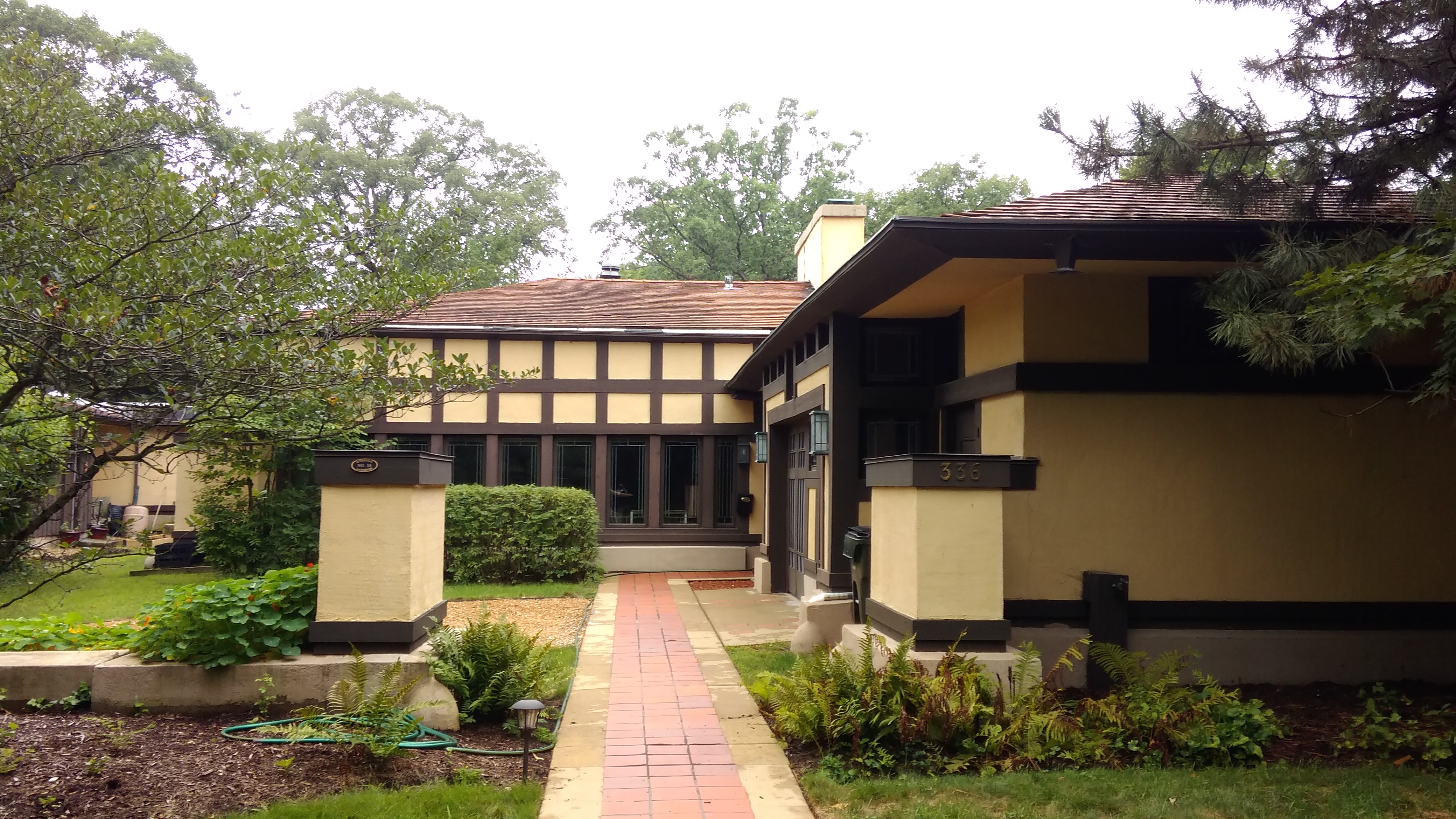
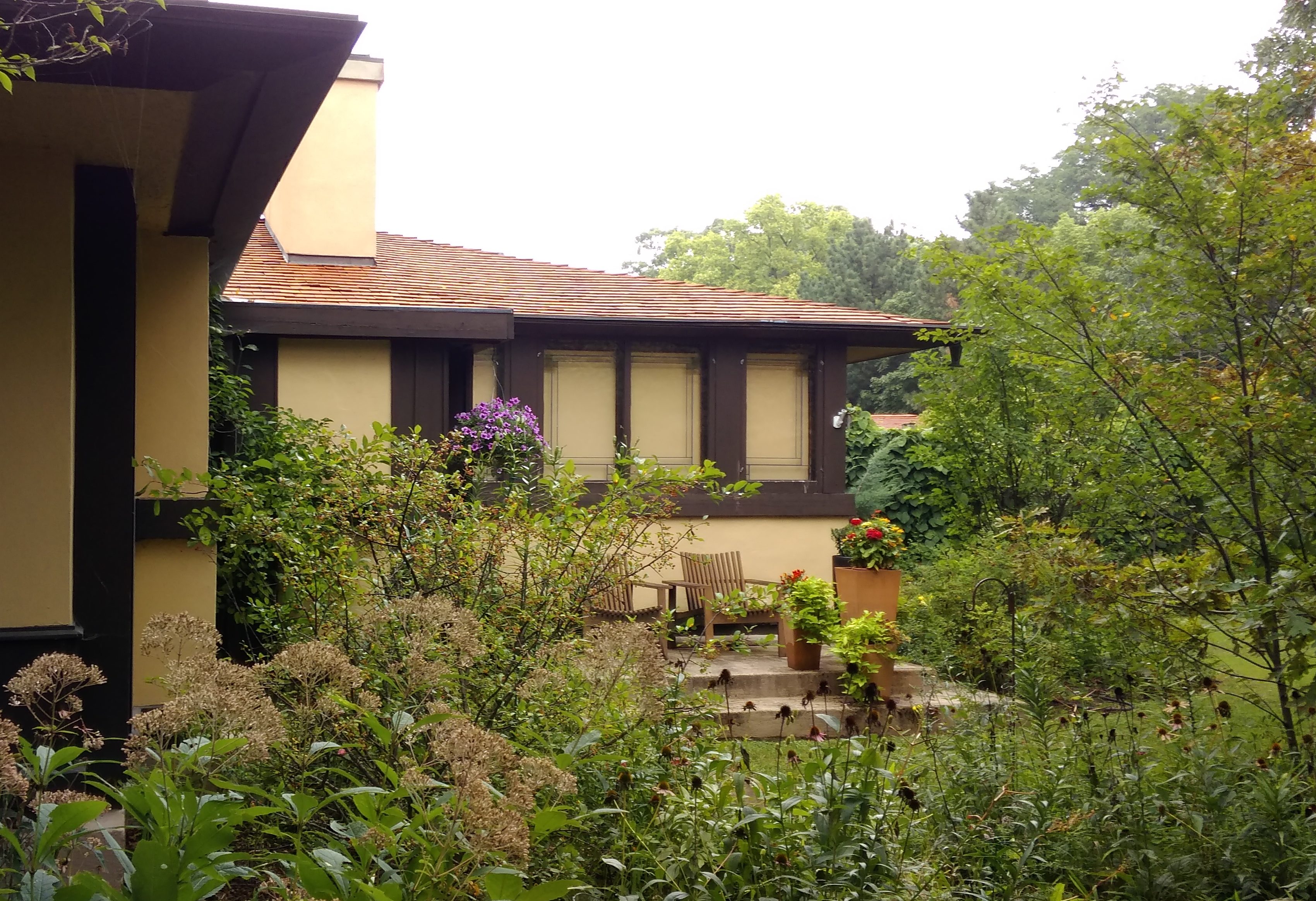
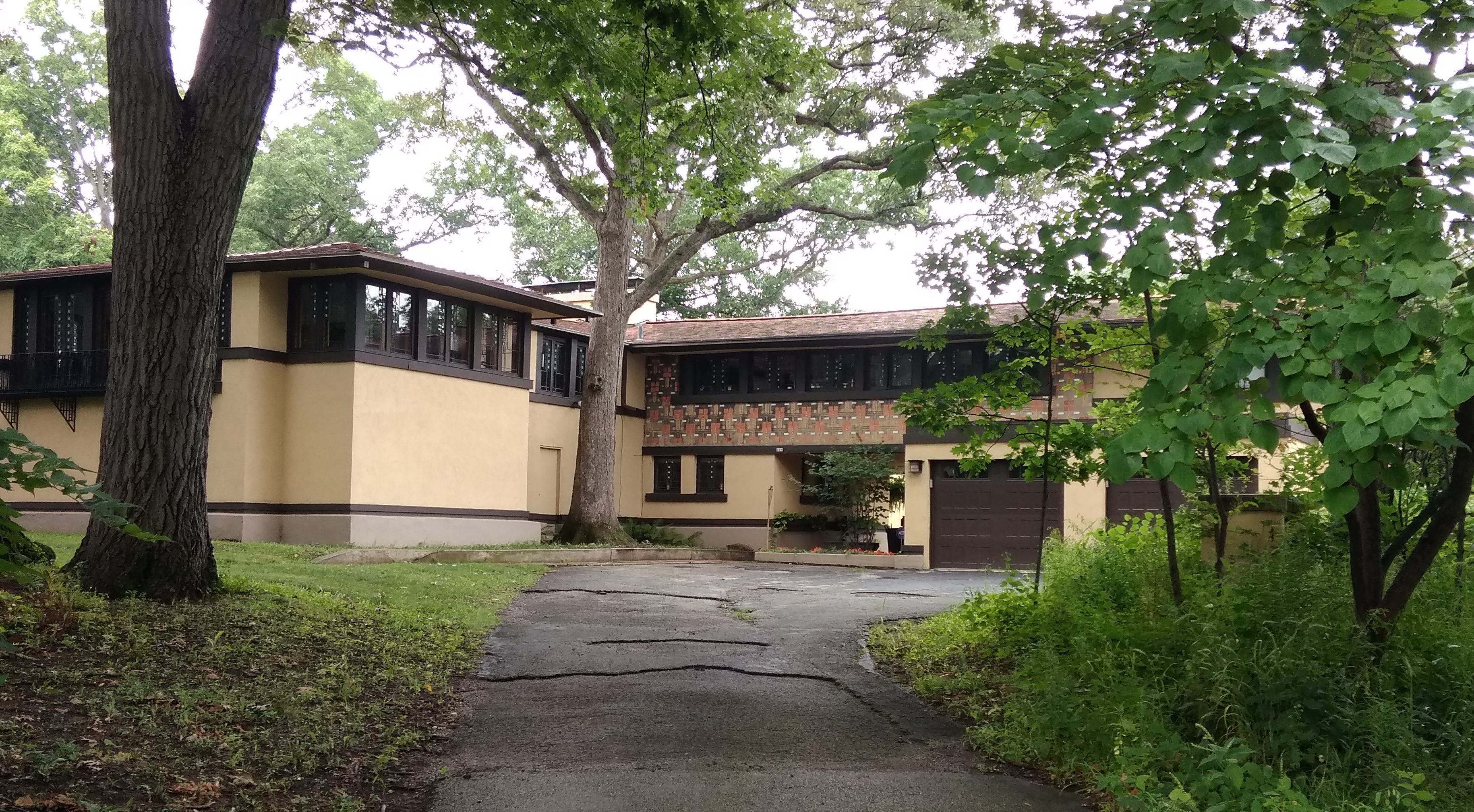 Not the best view of the house. That would be
Not the best view of the house. That would be